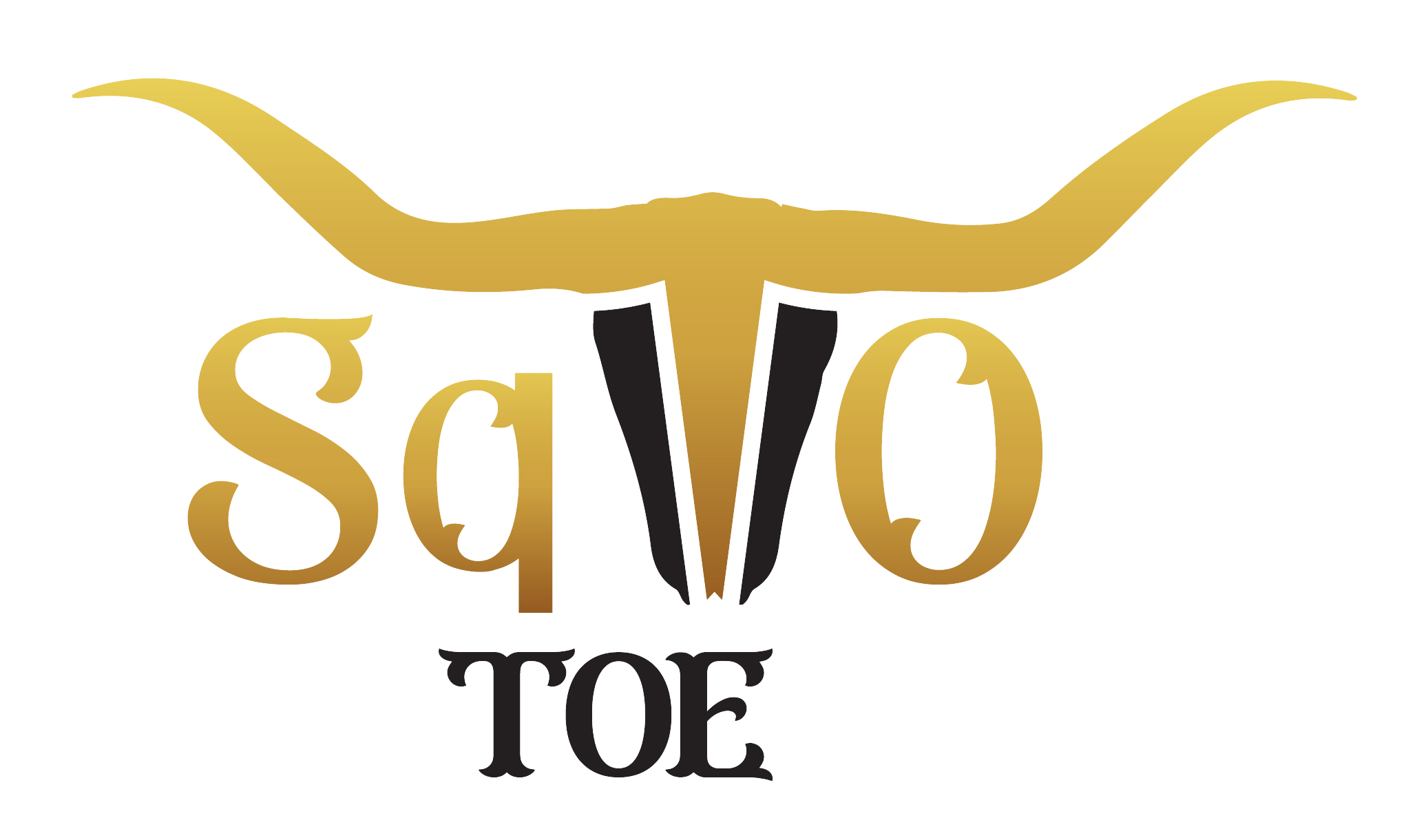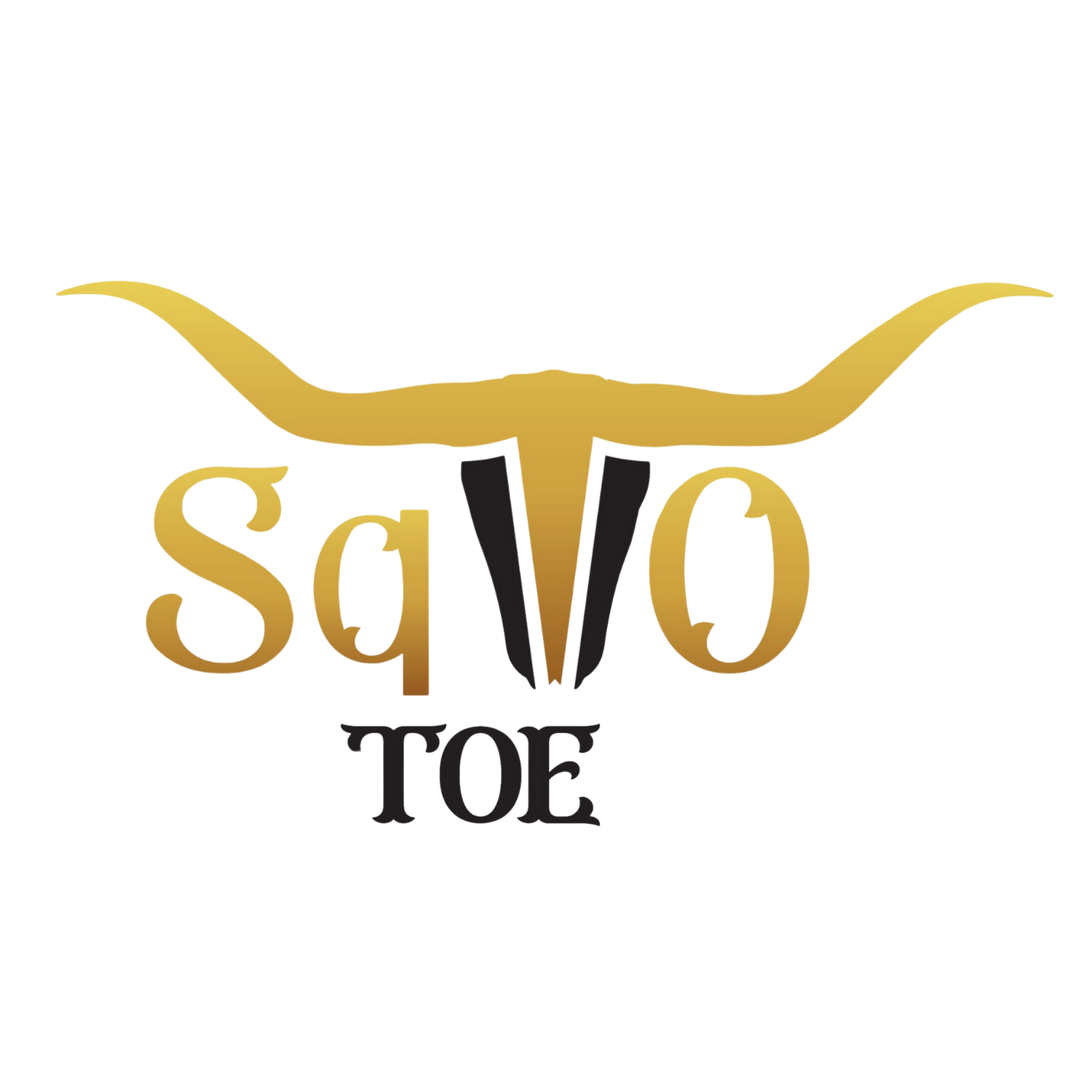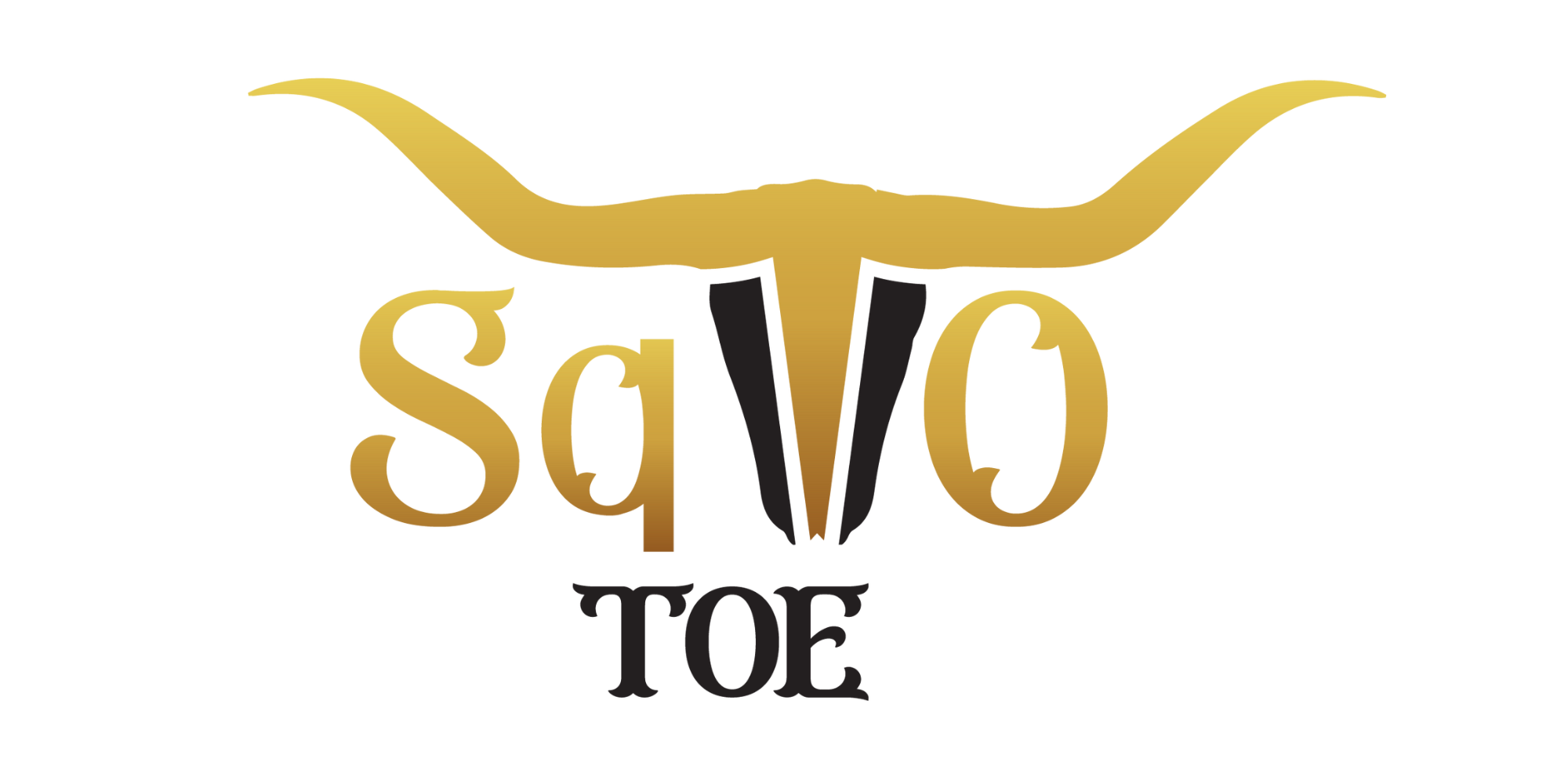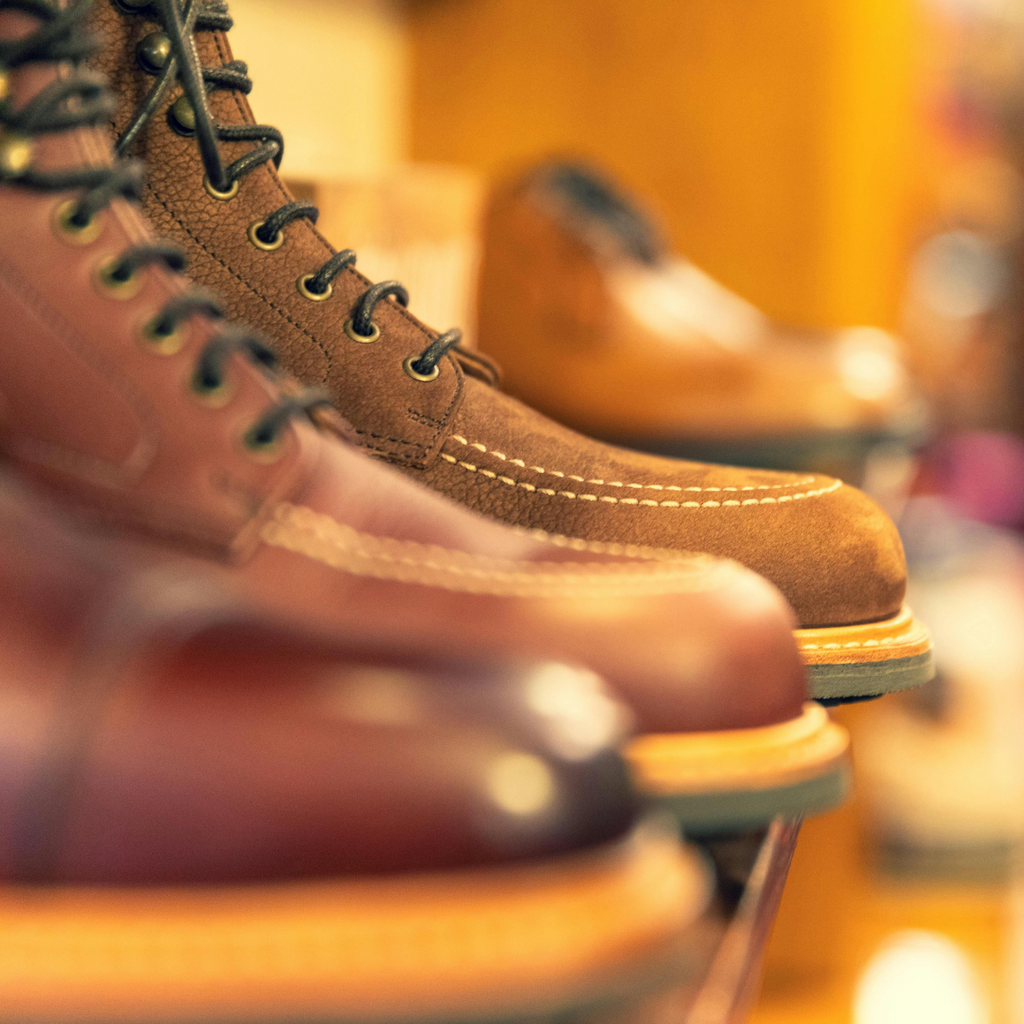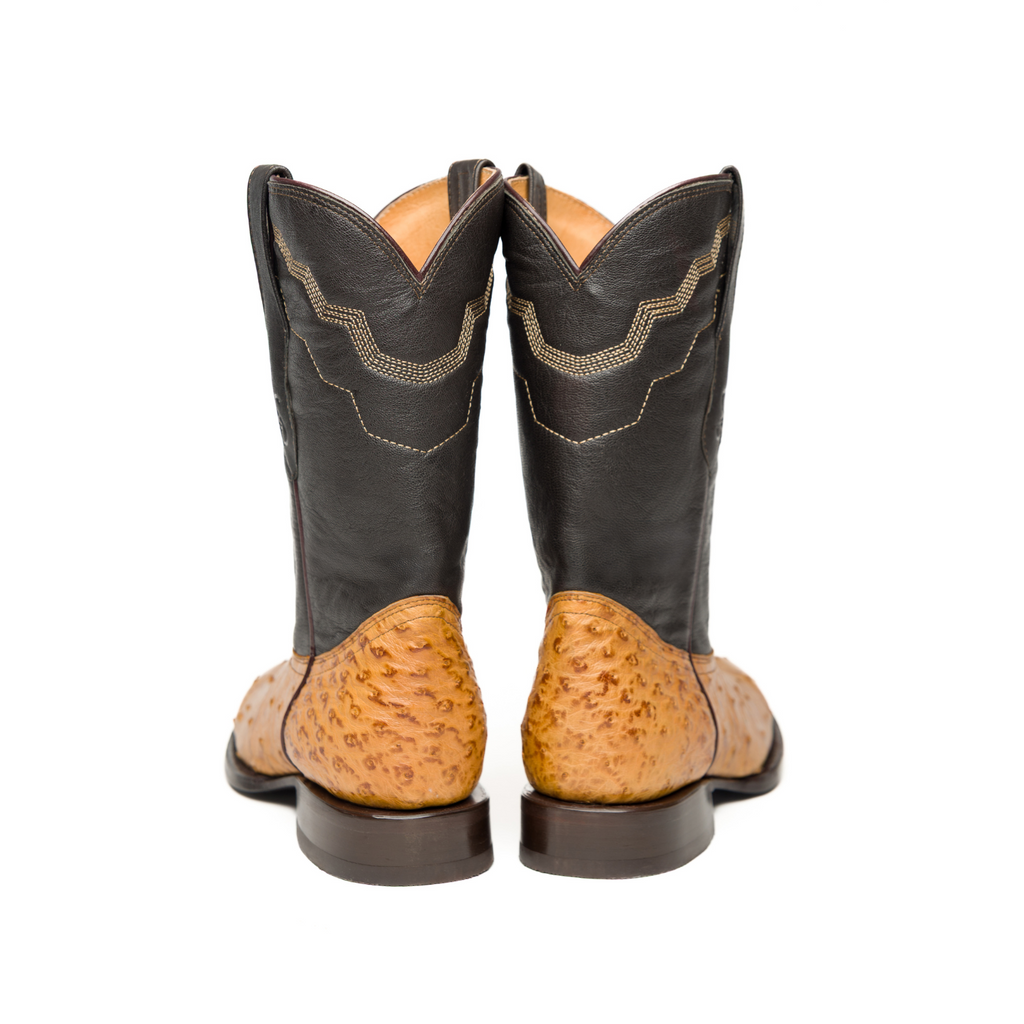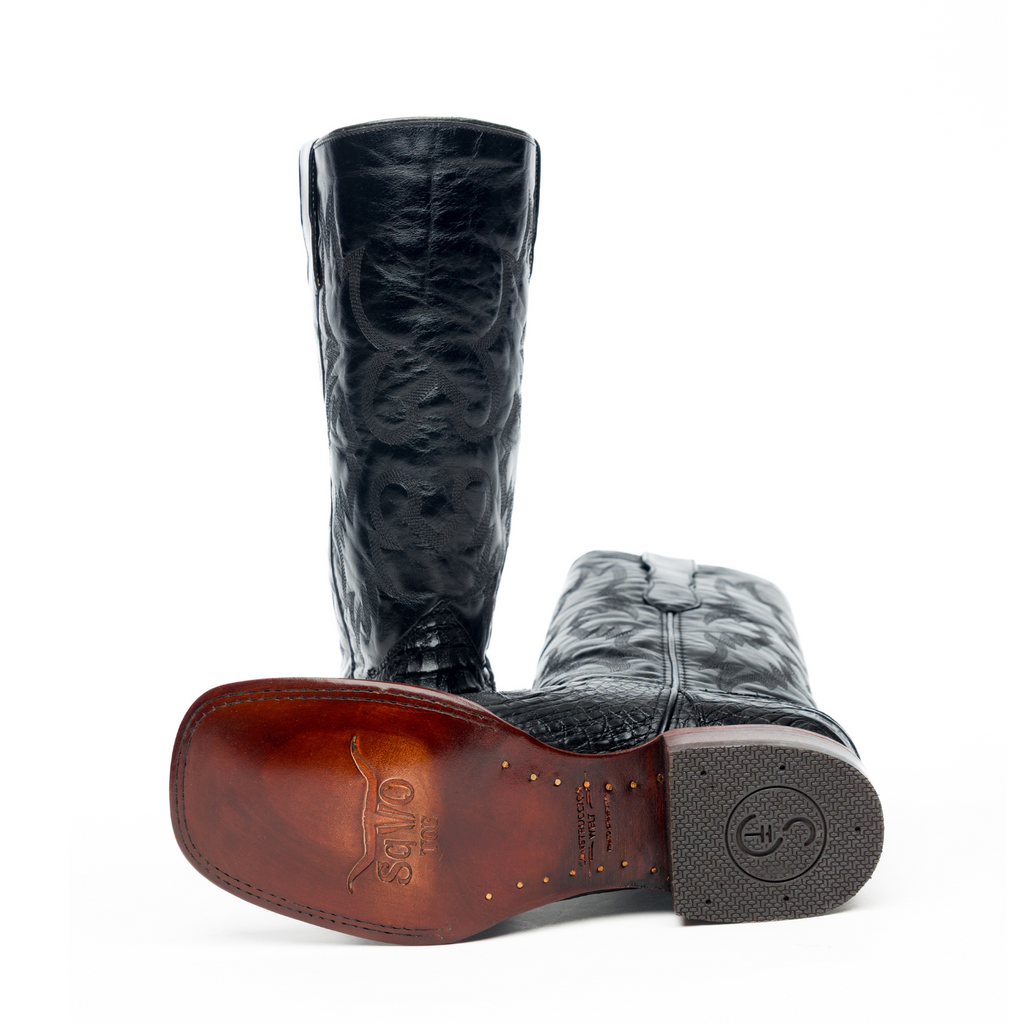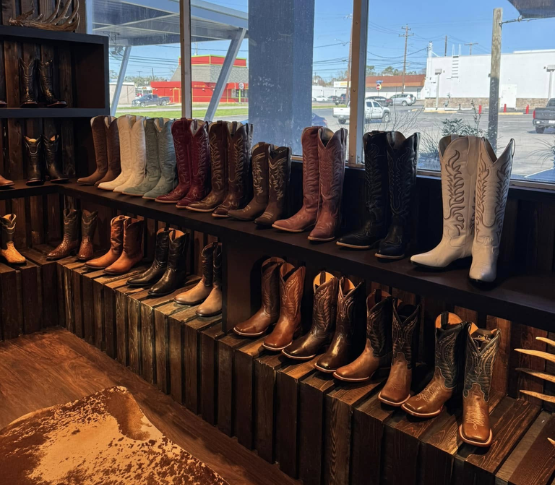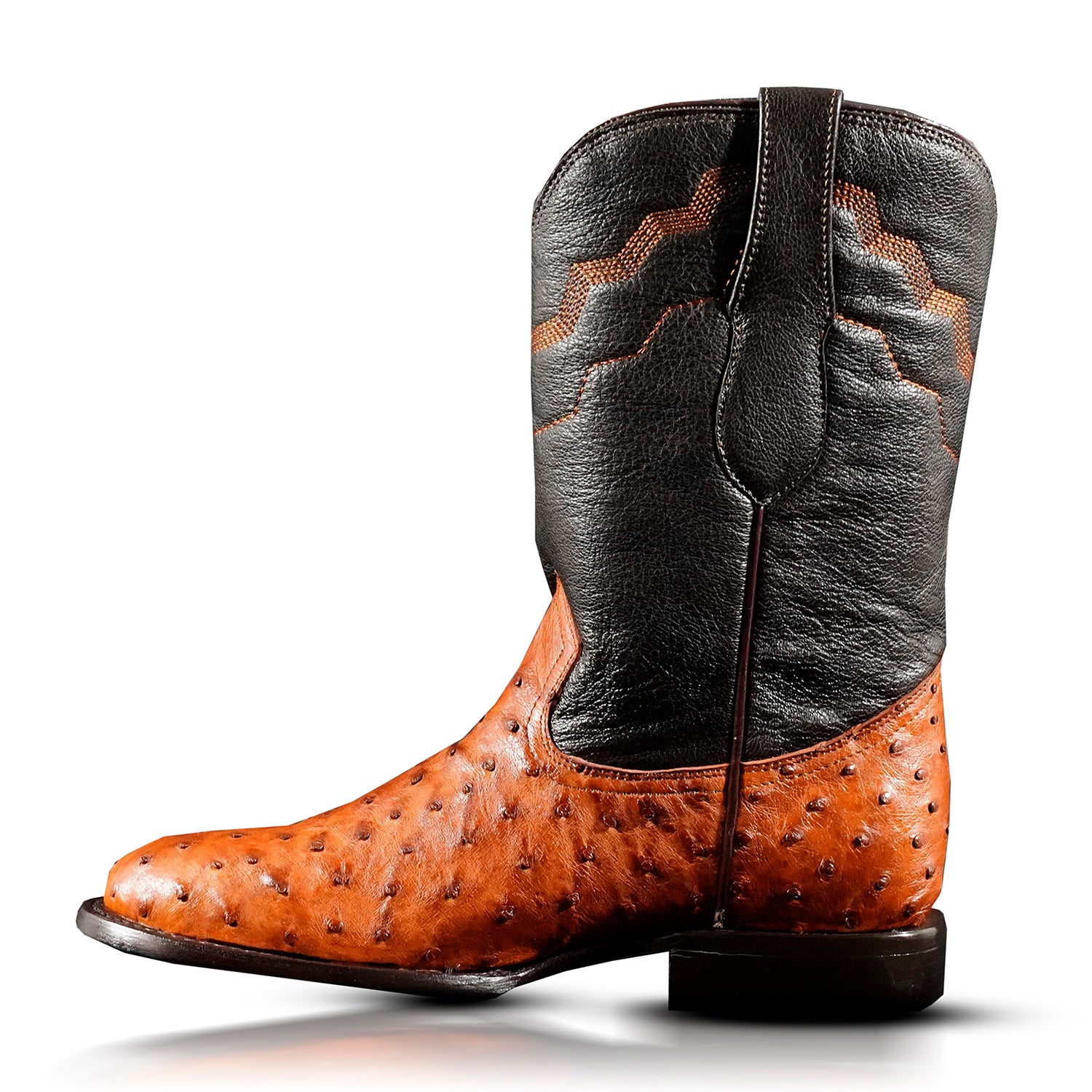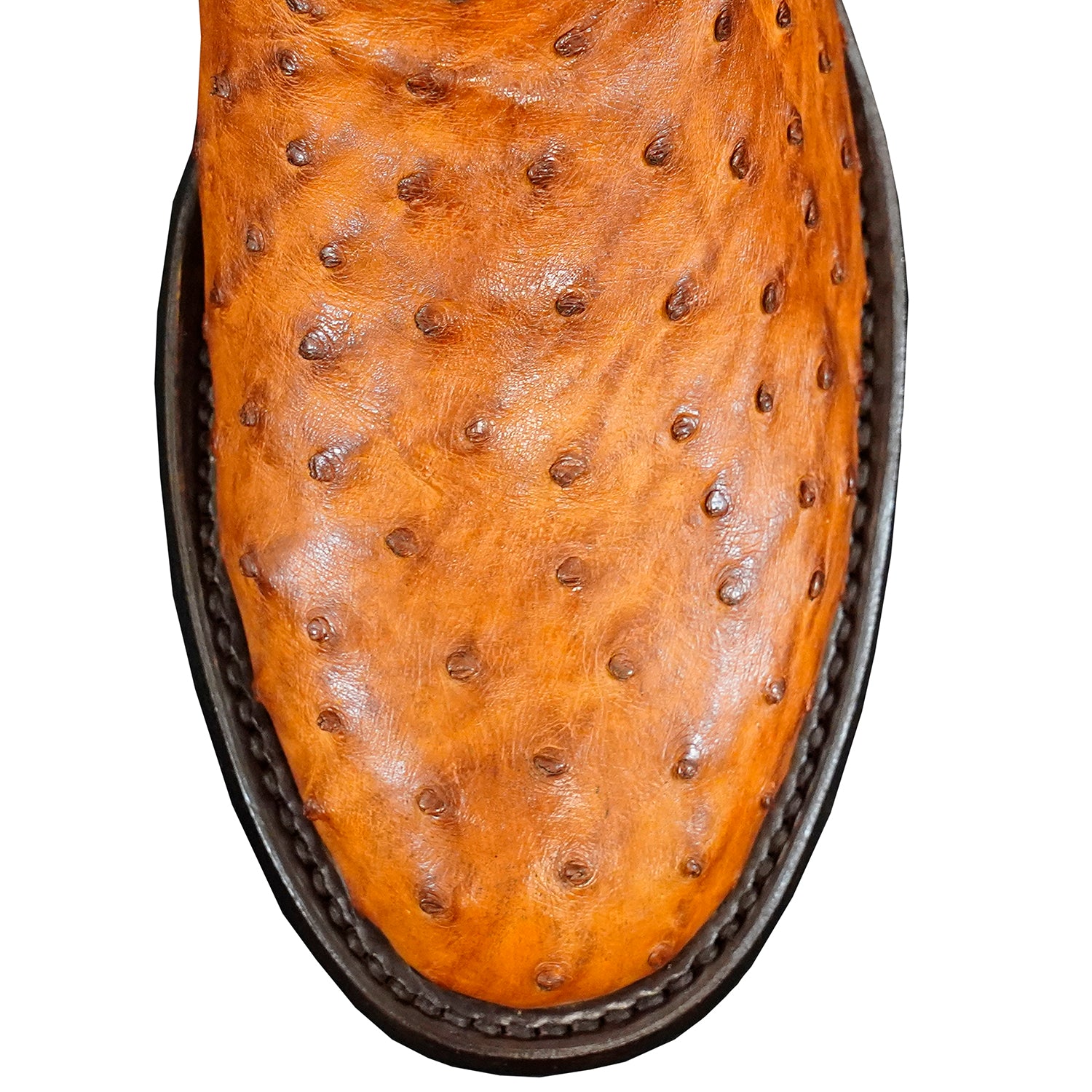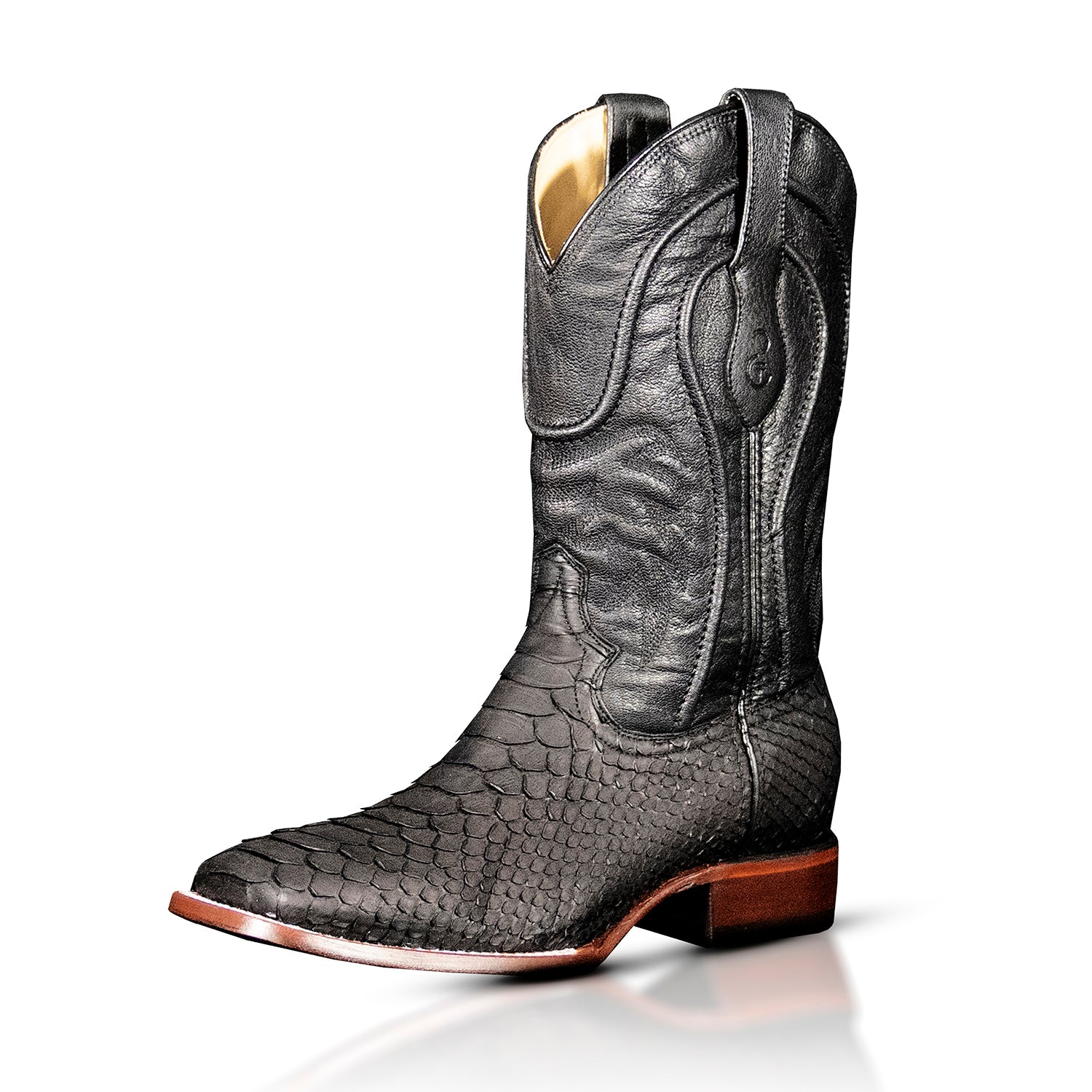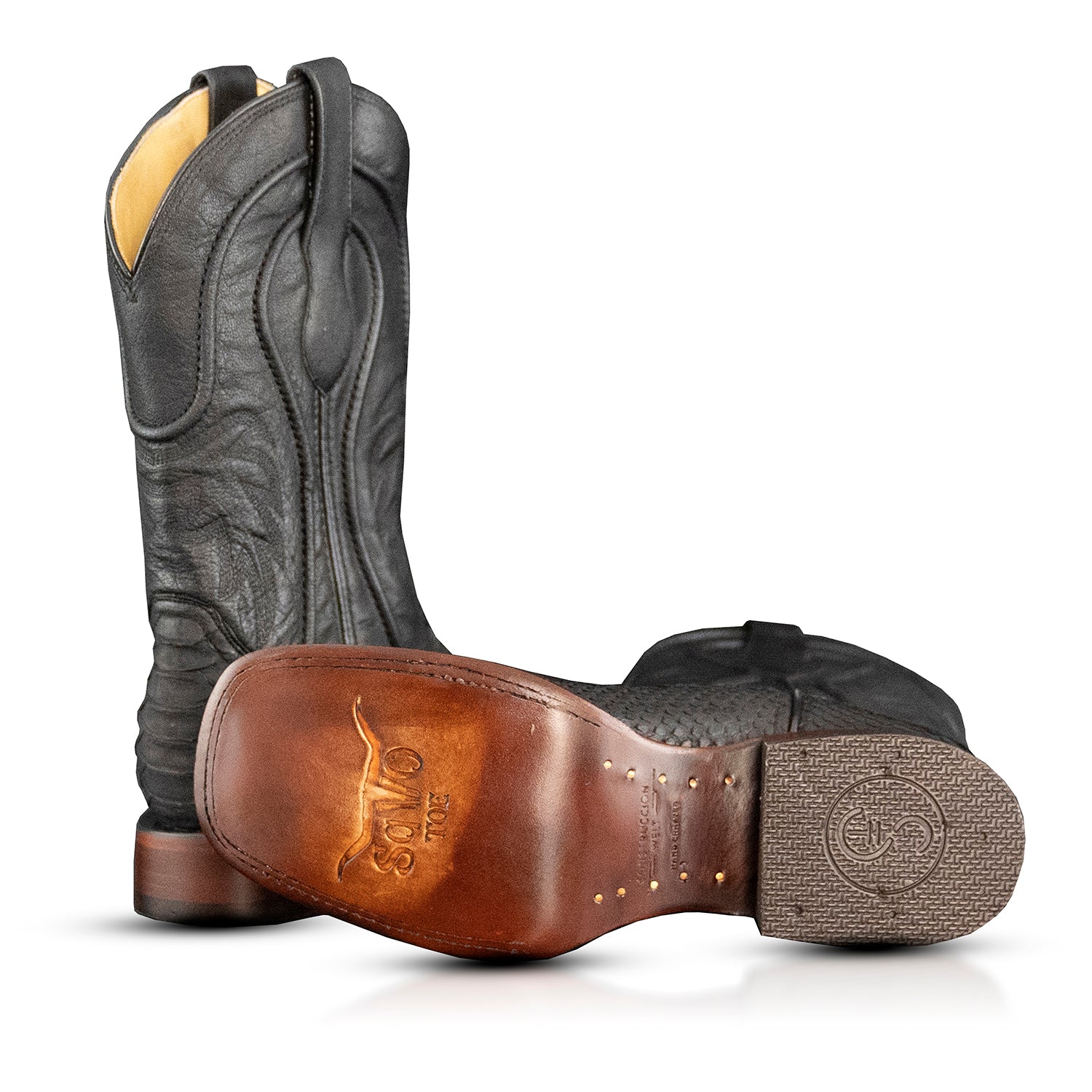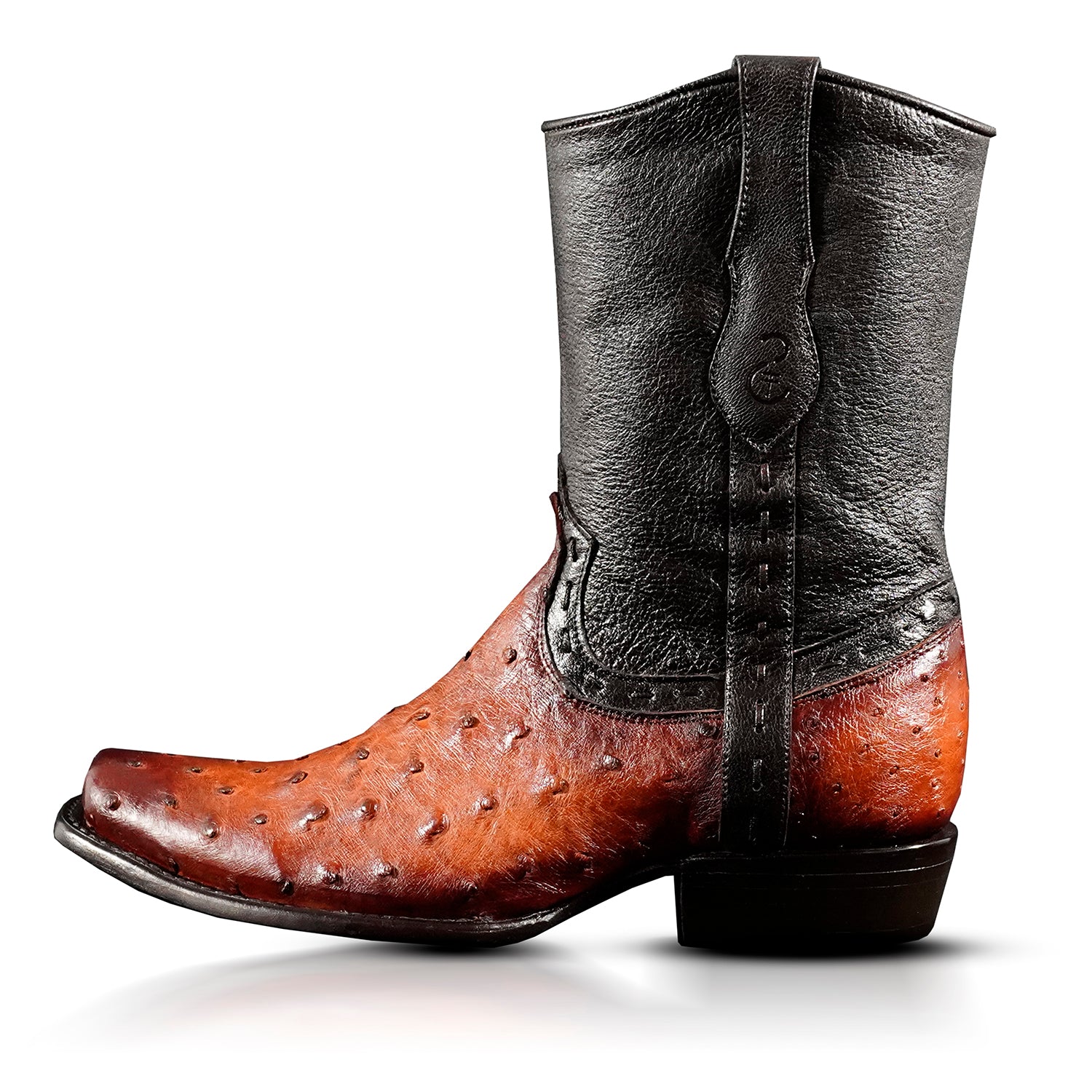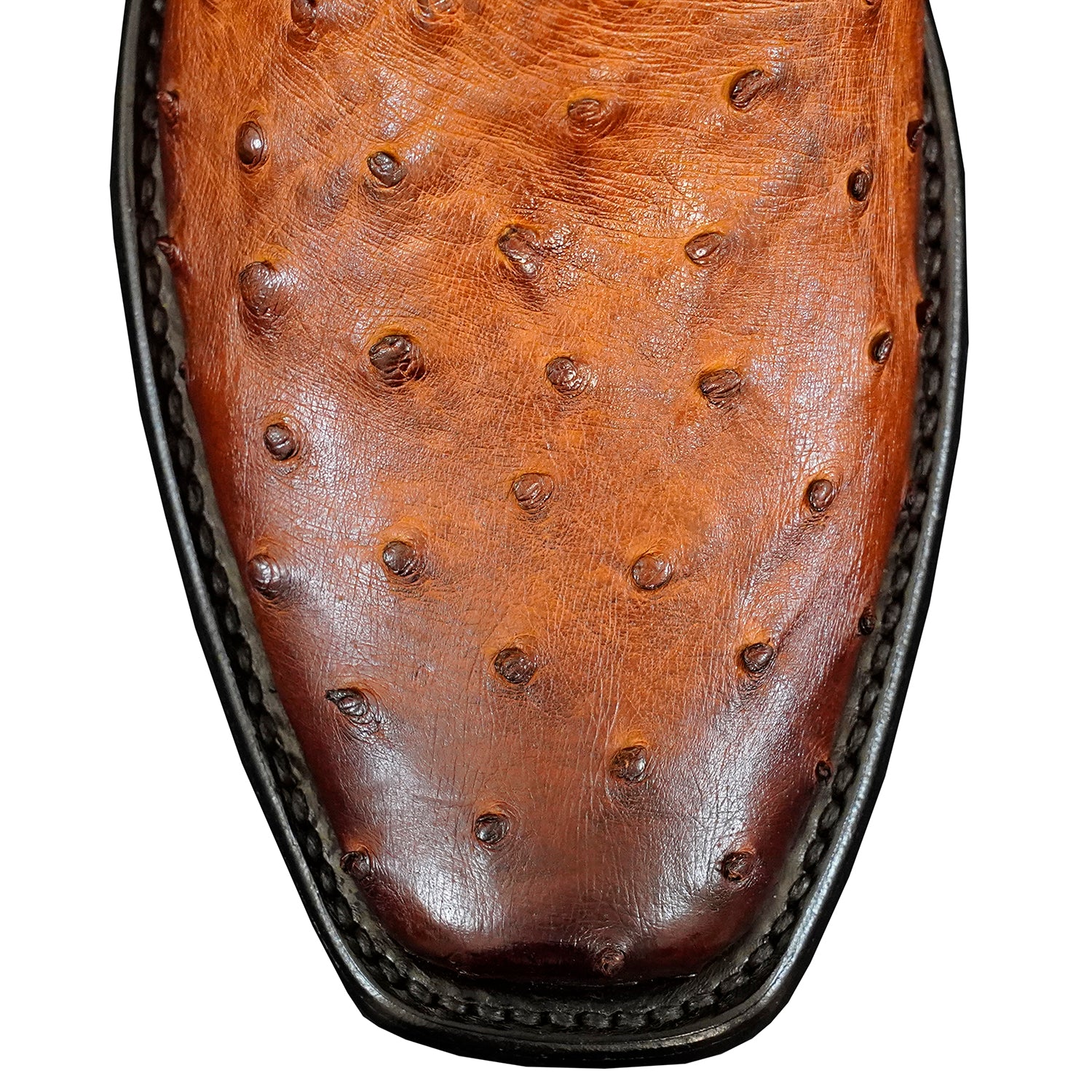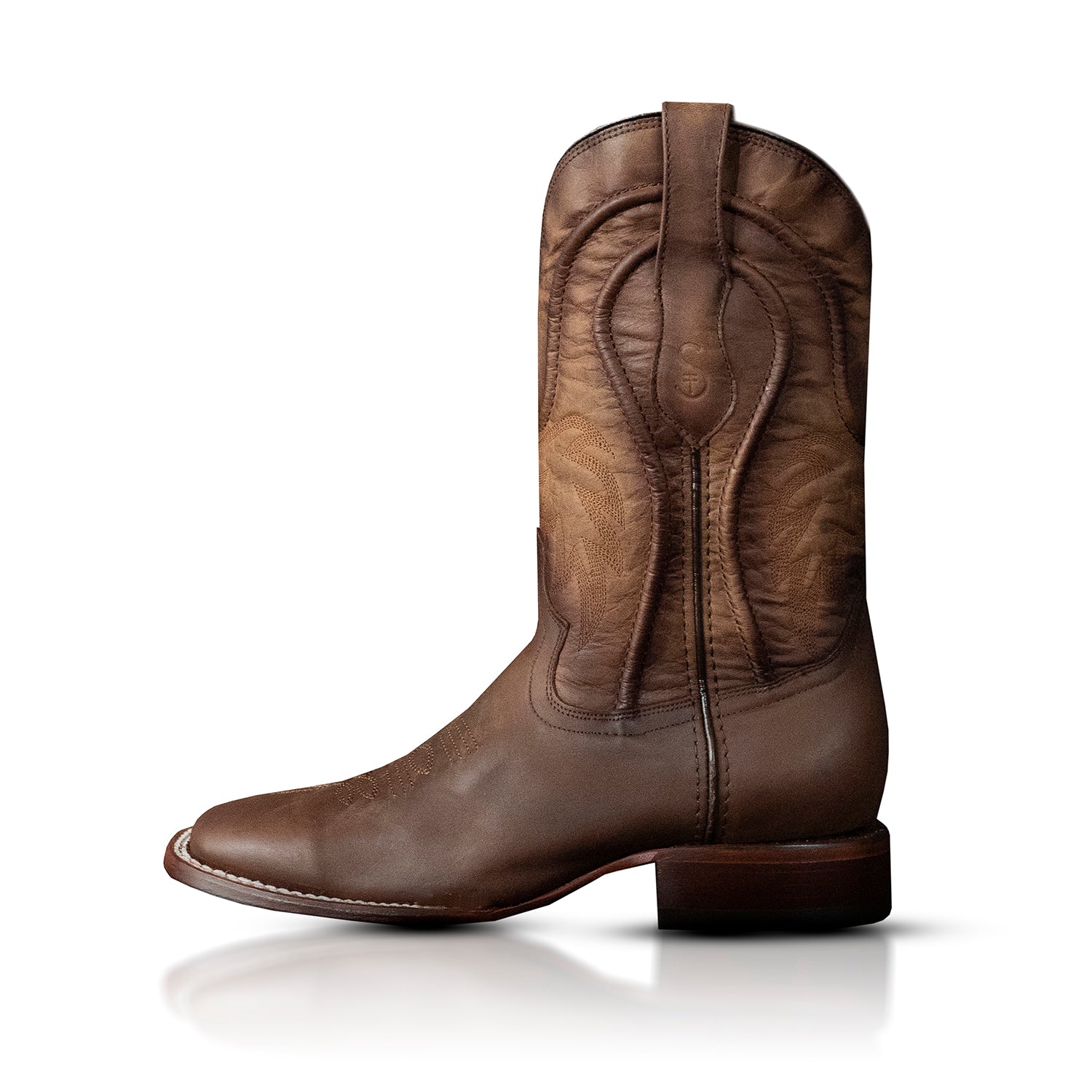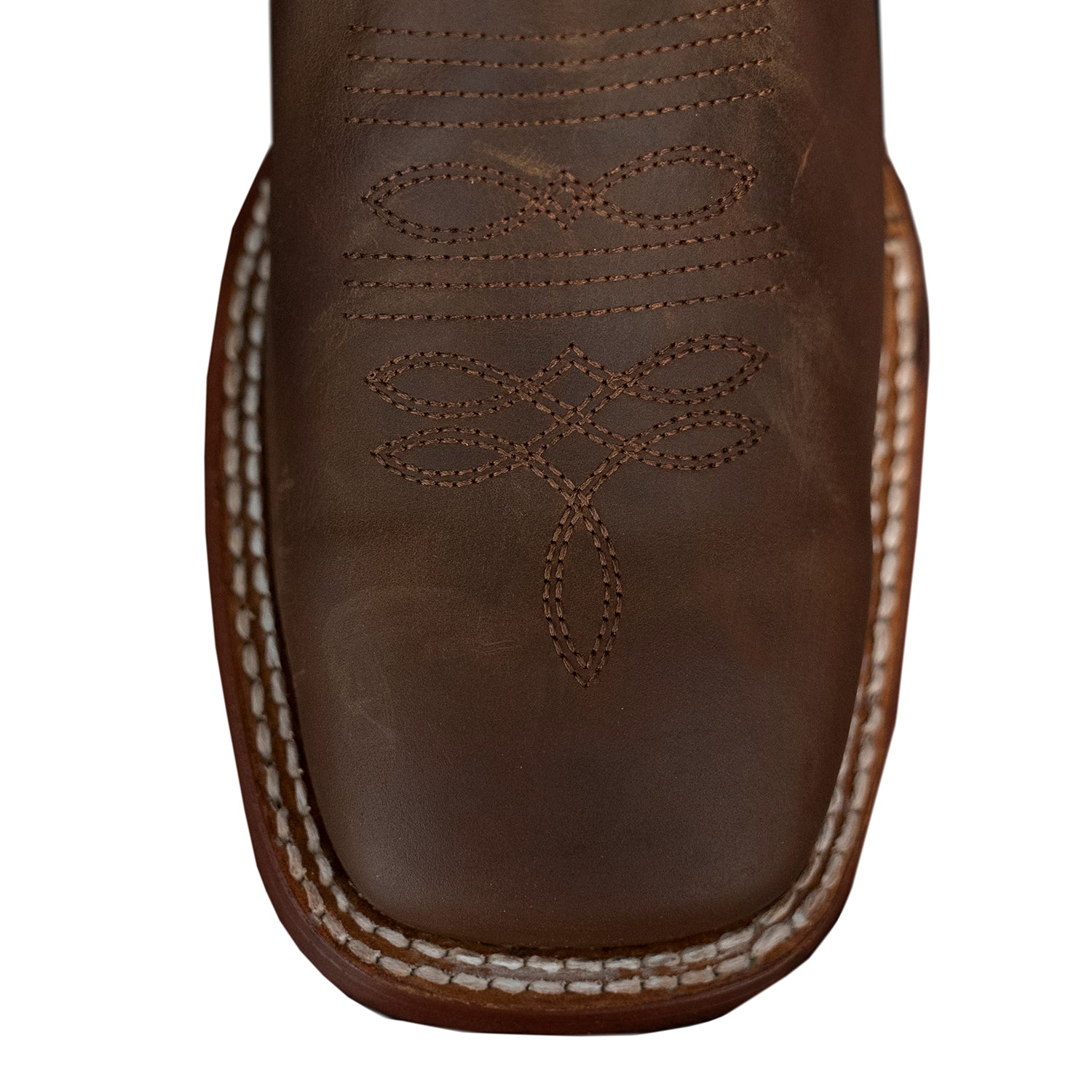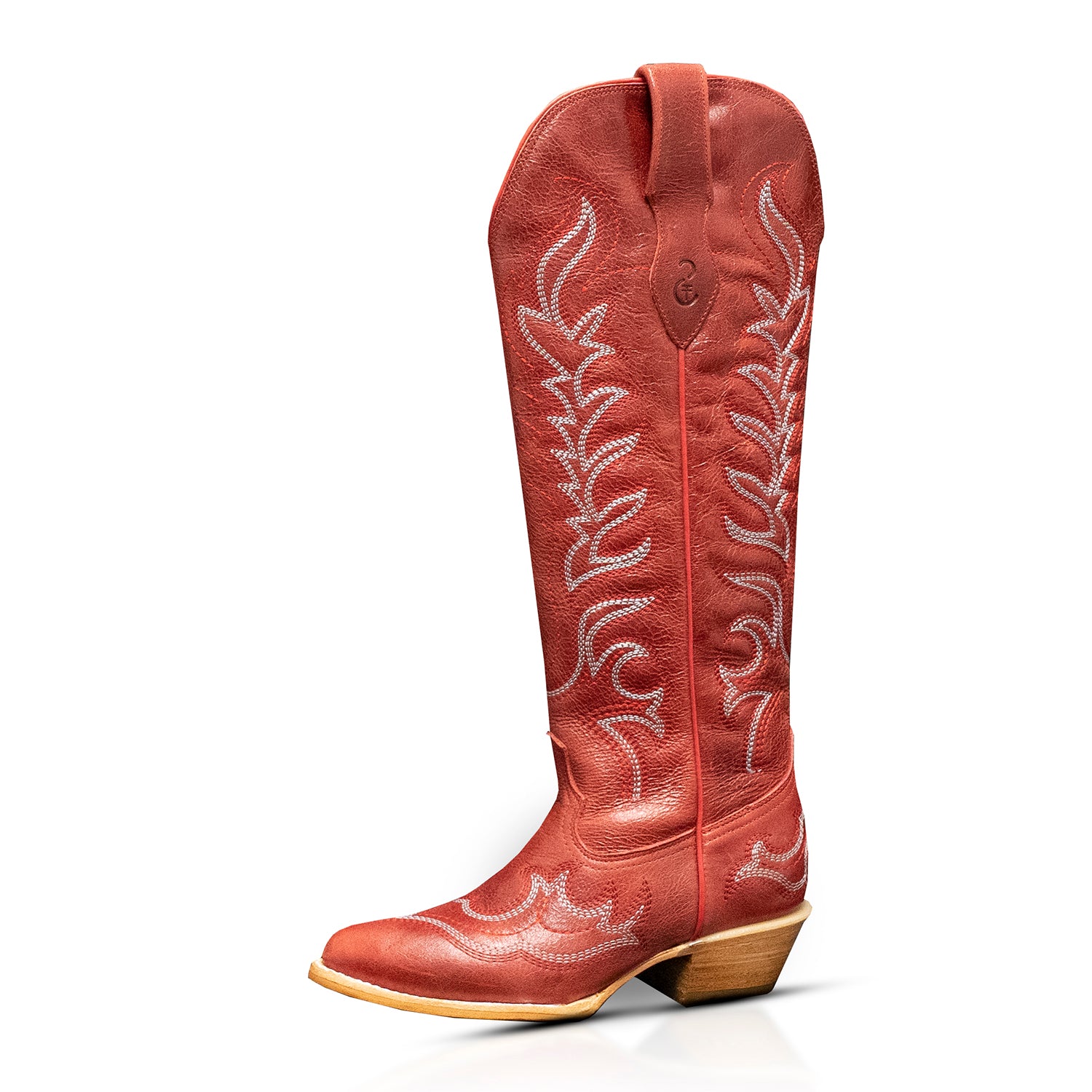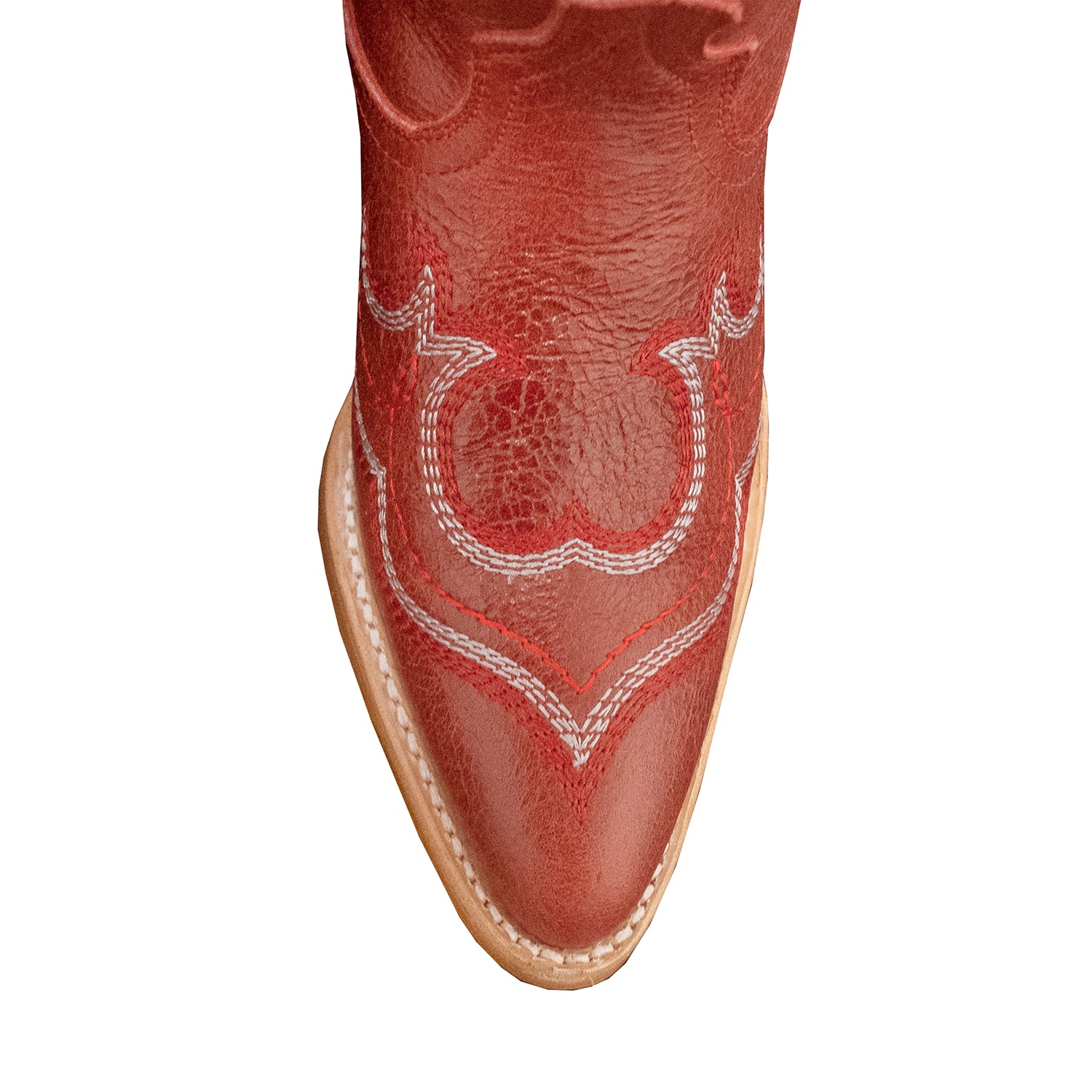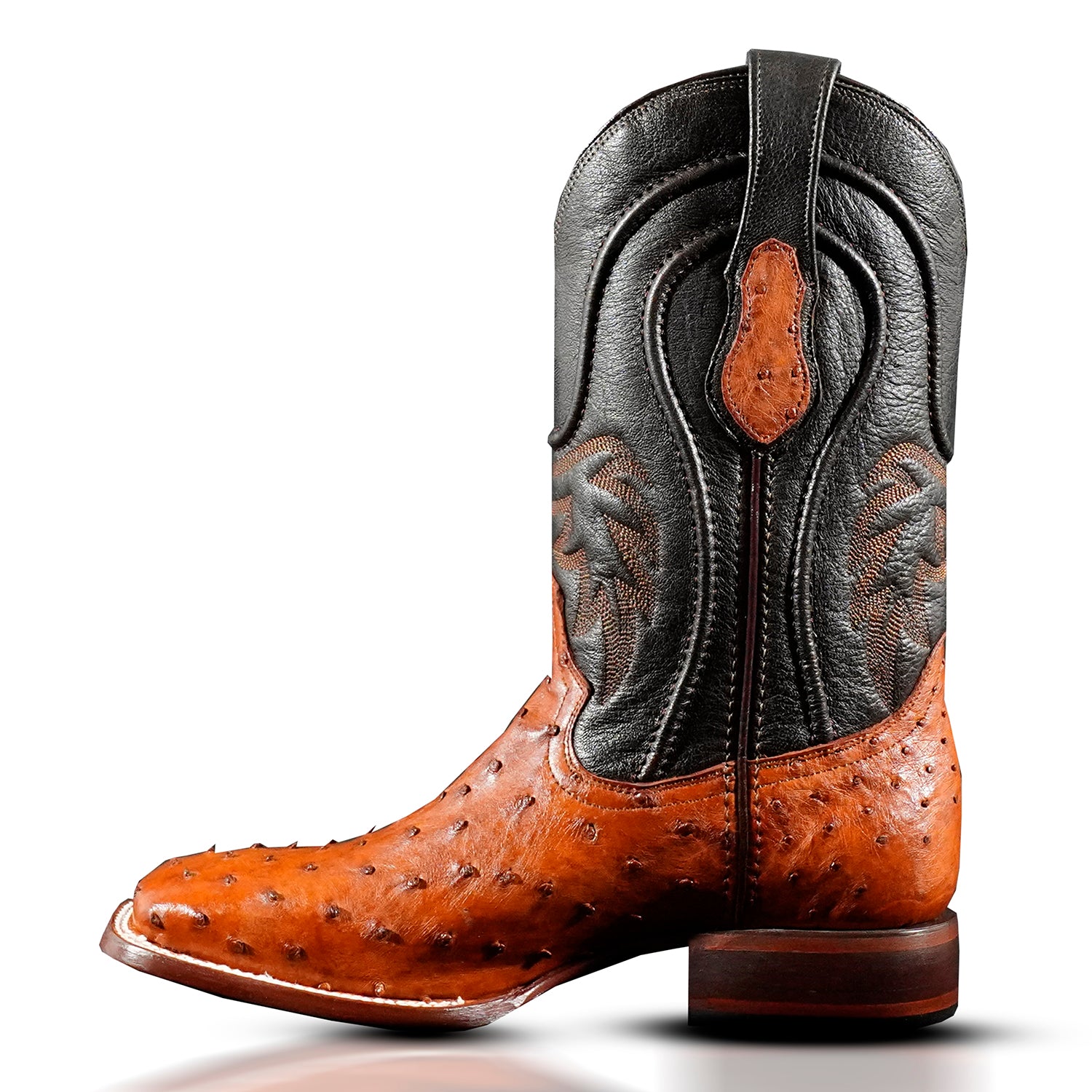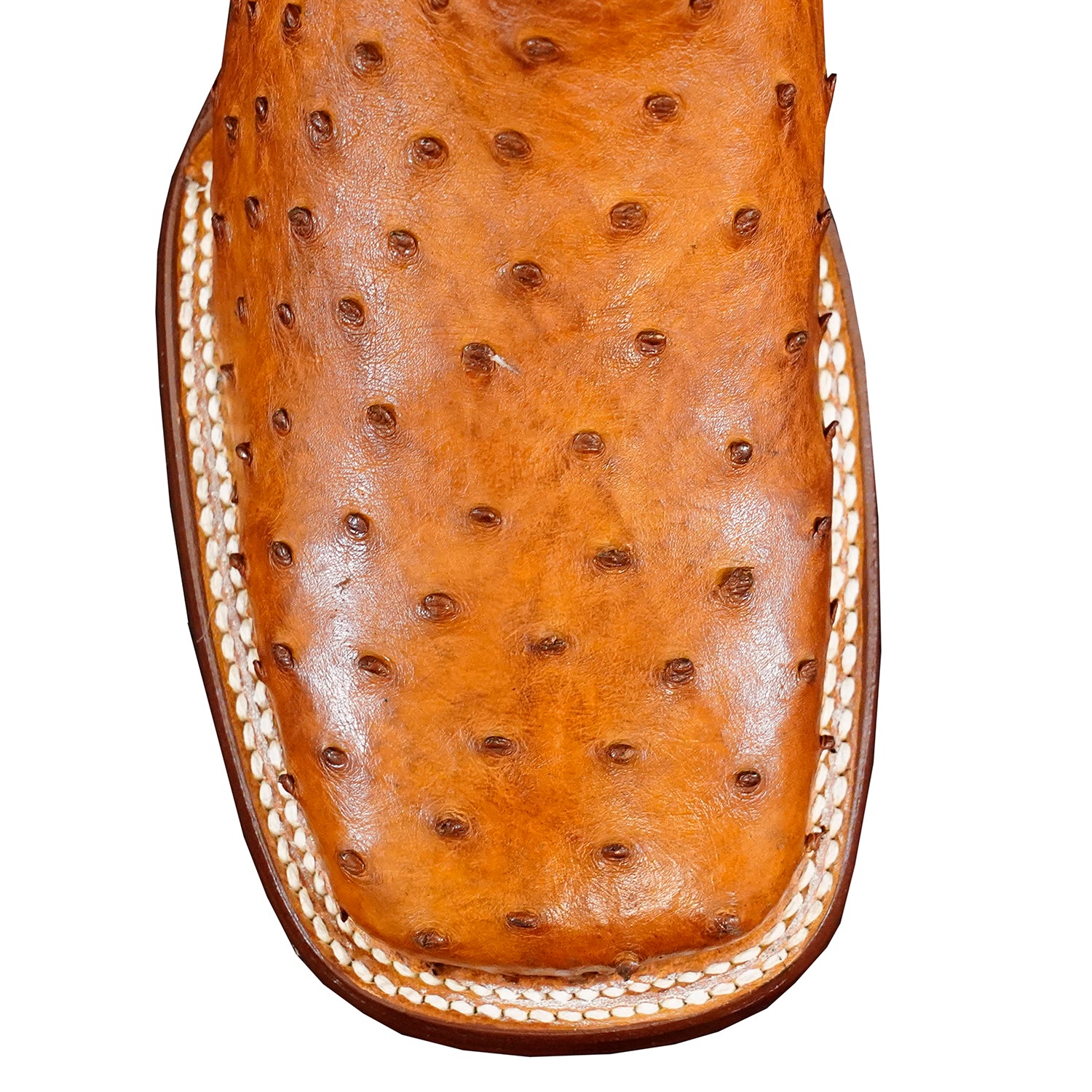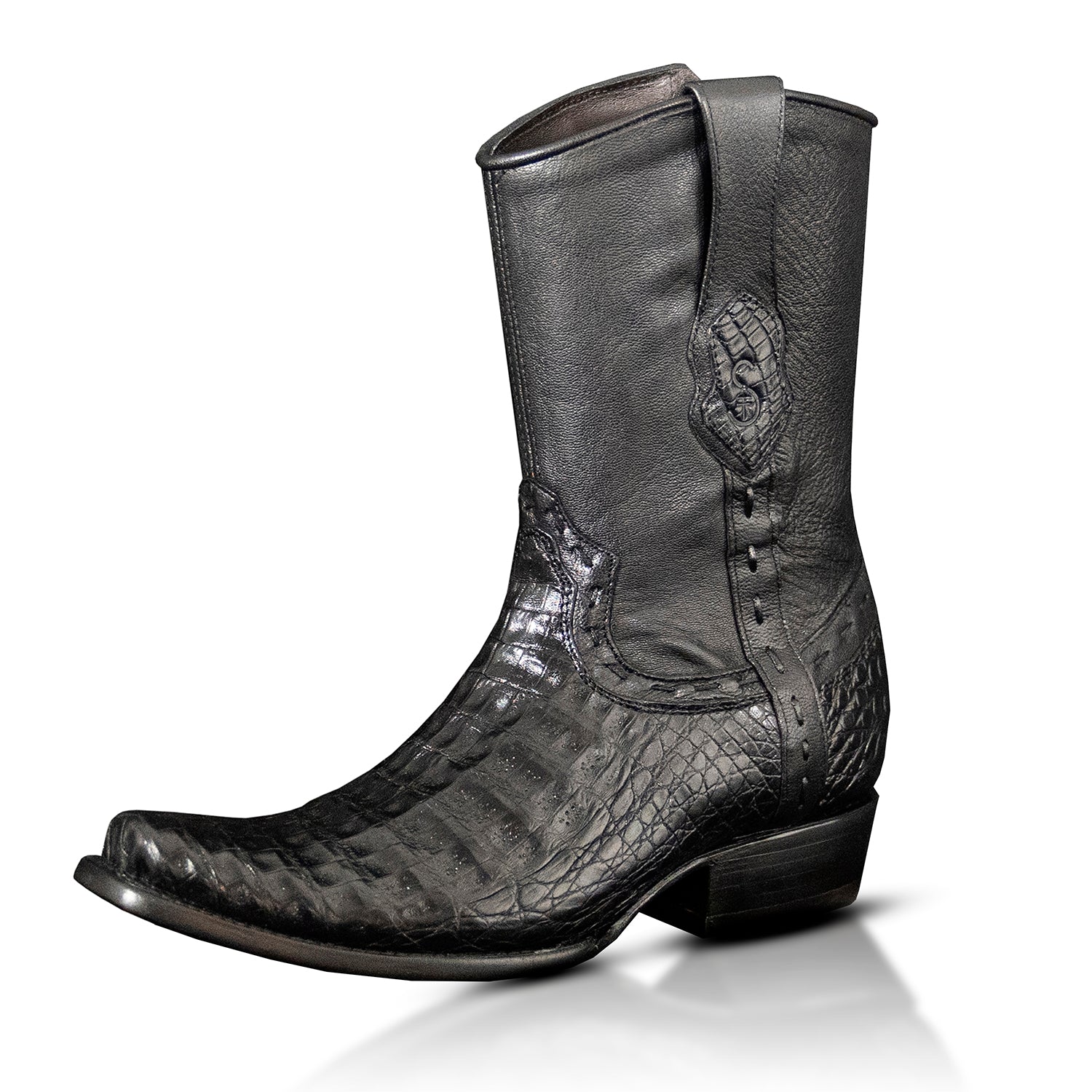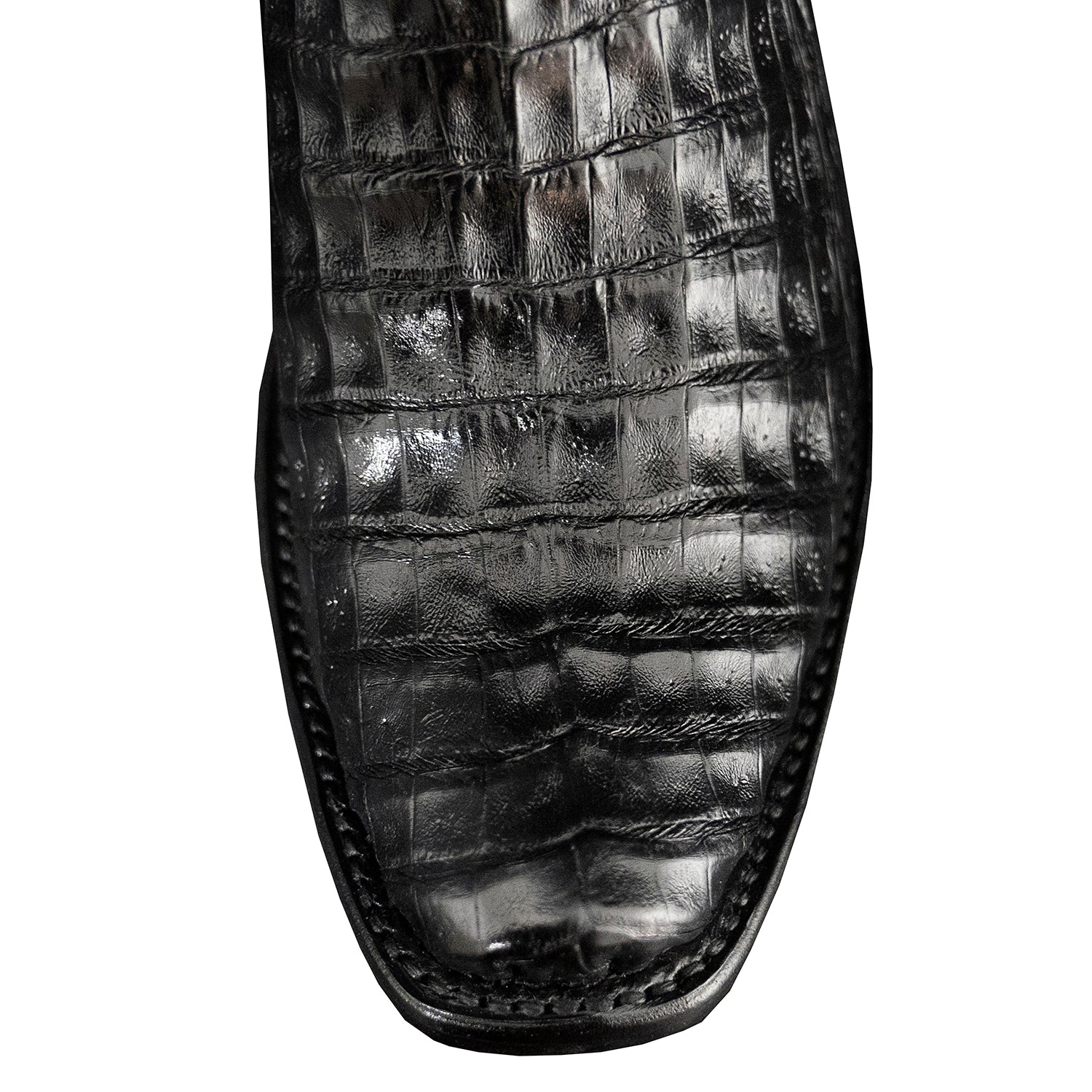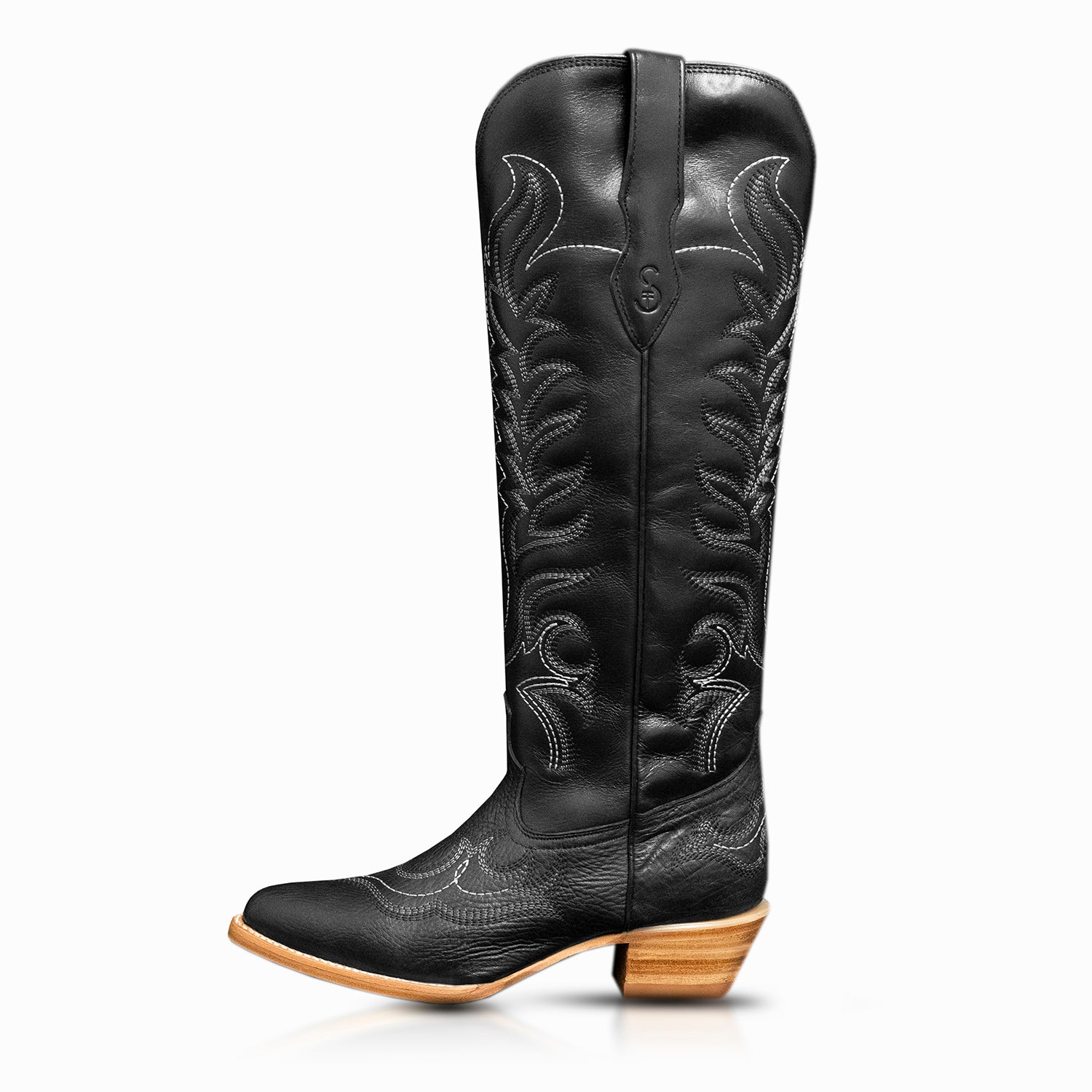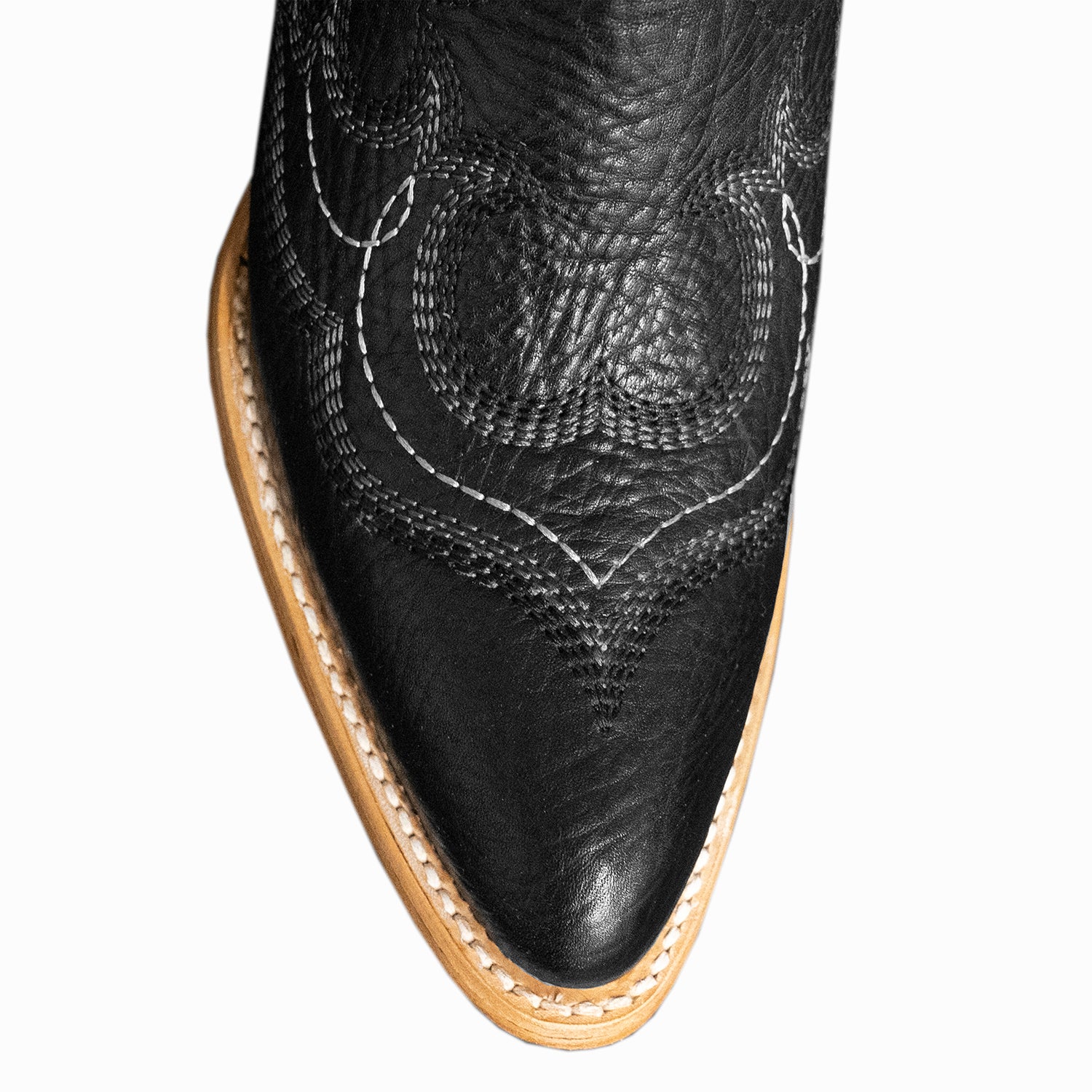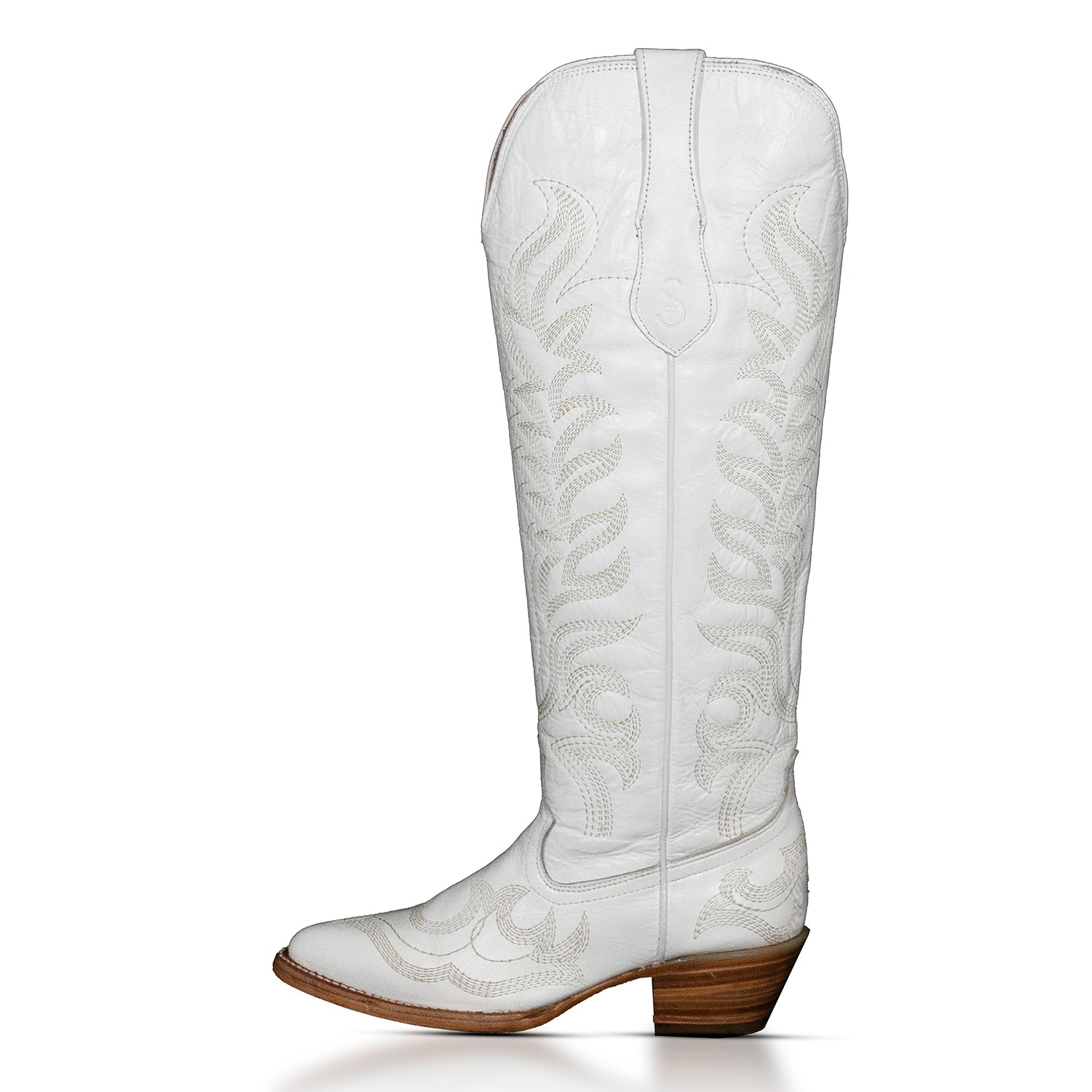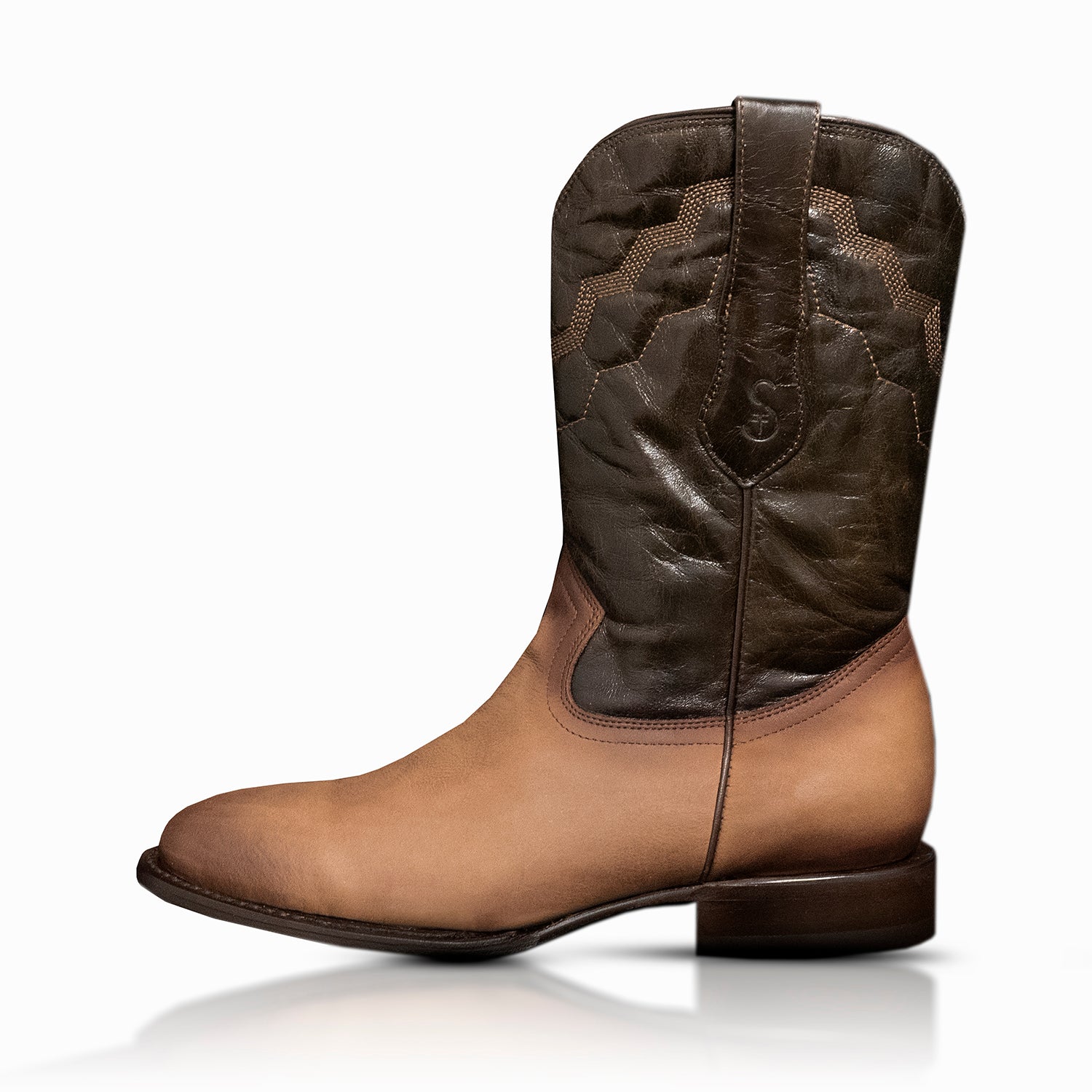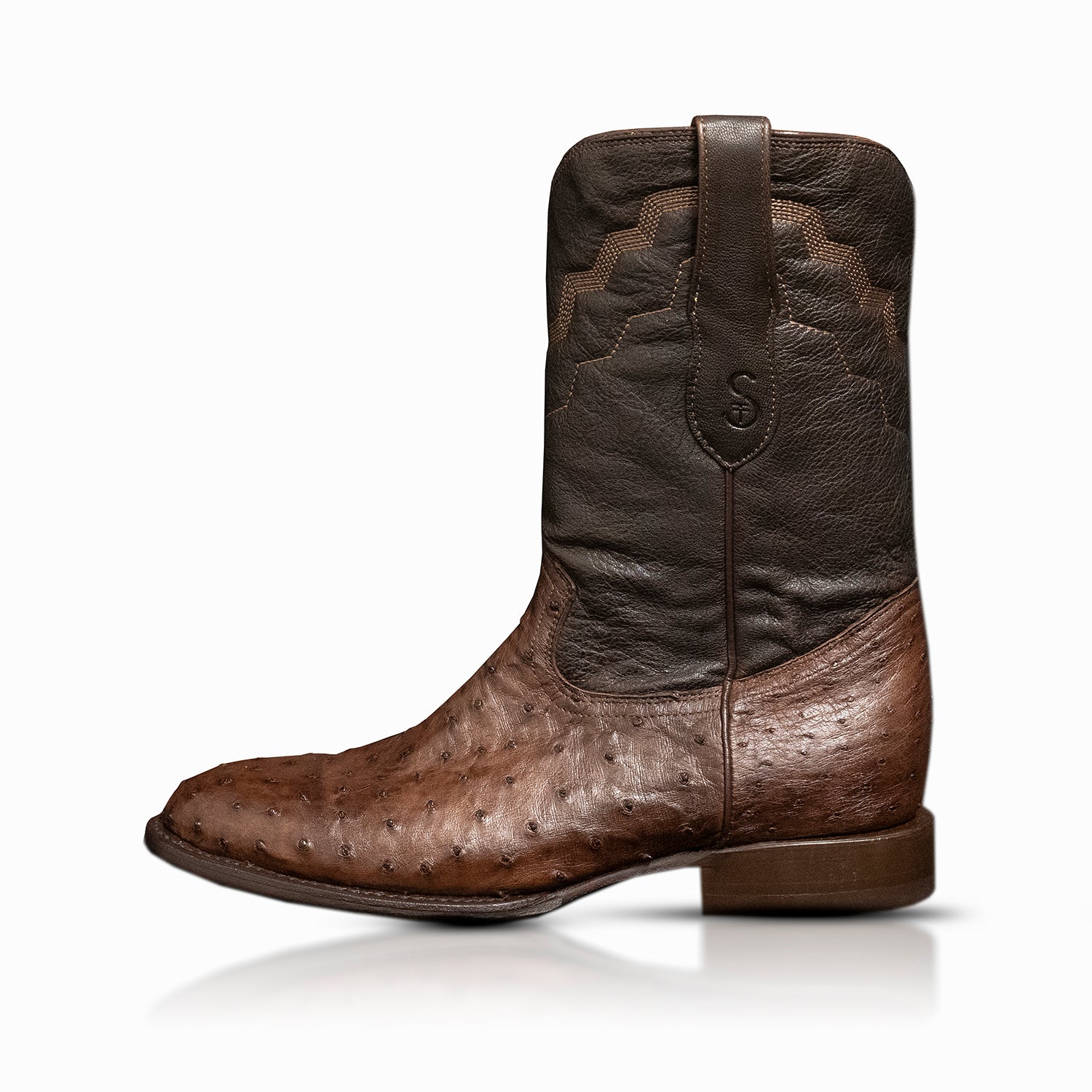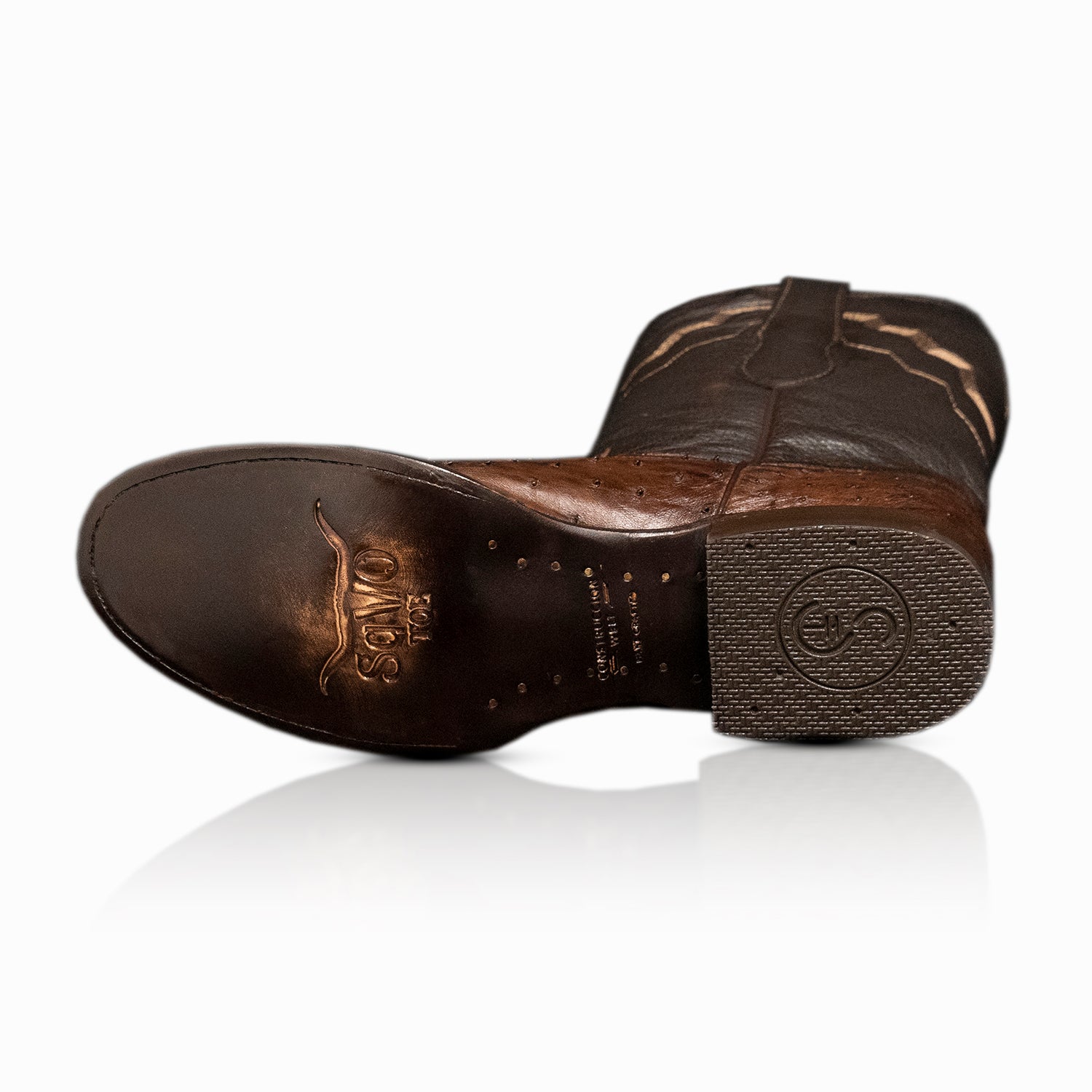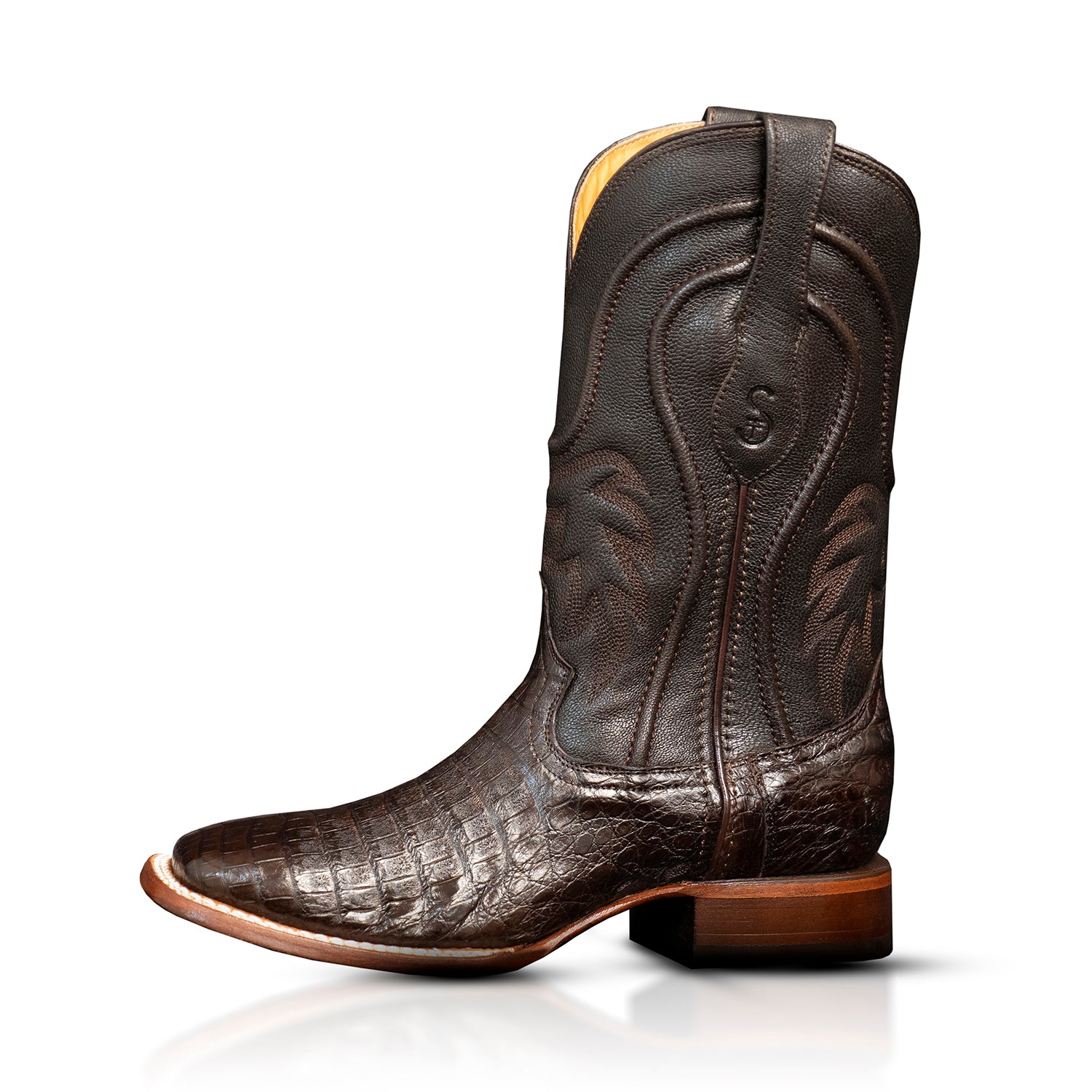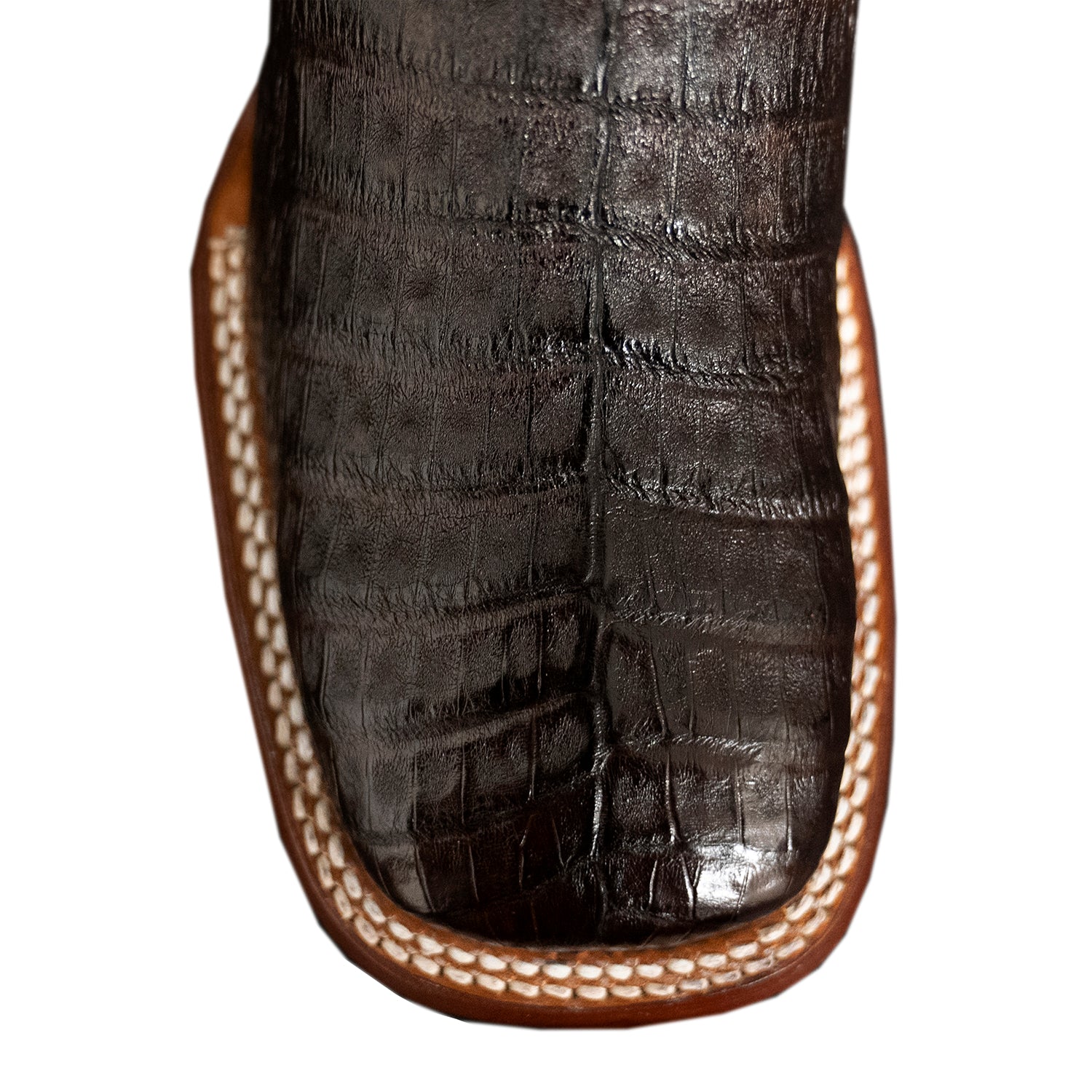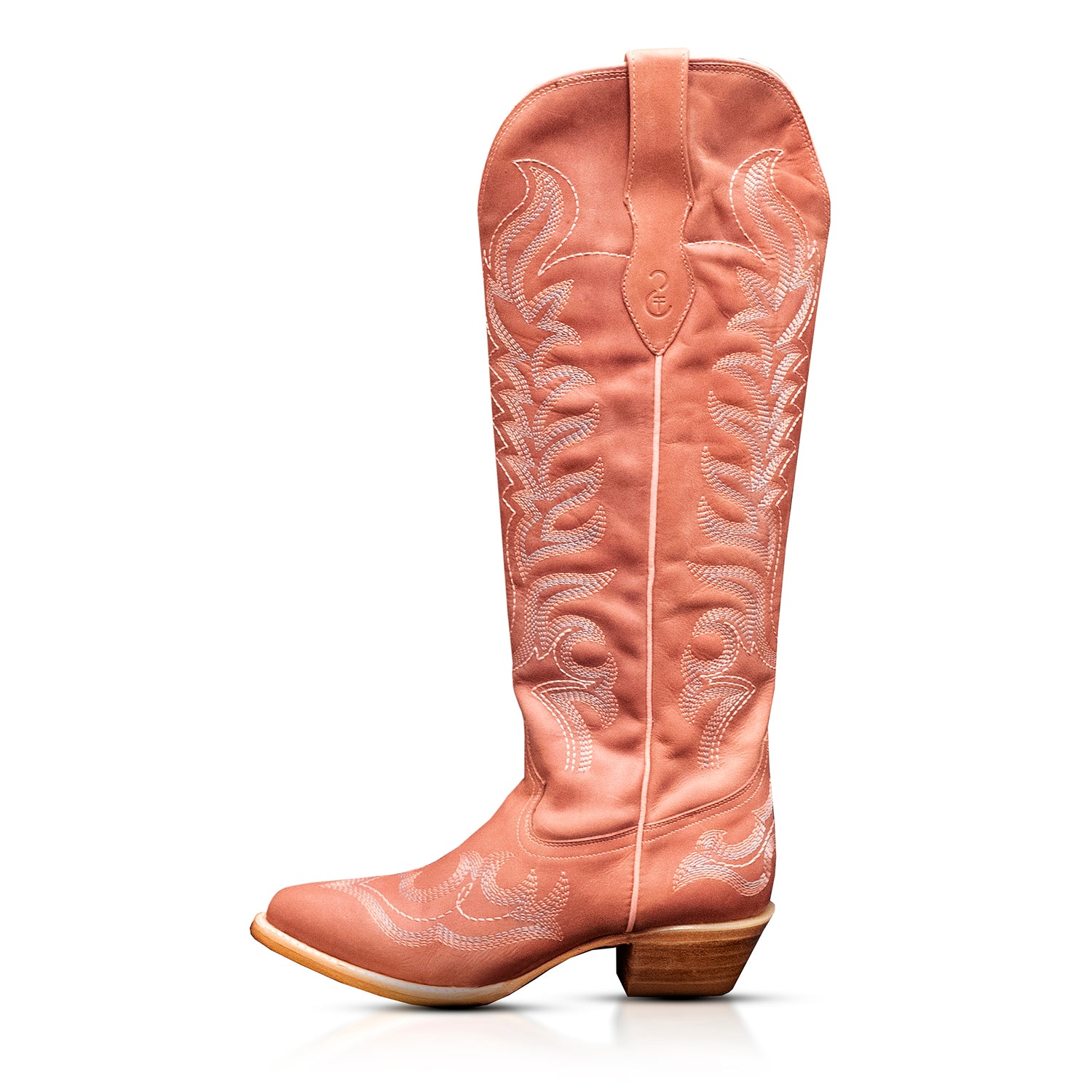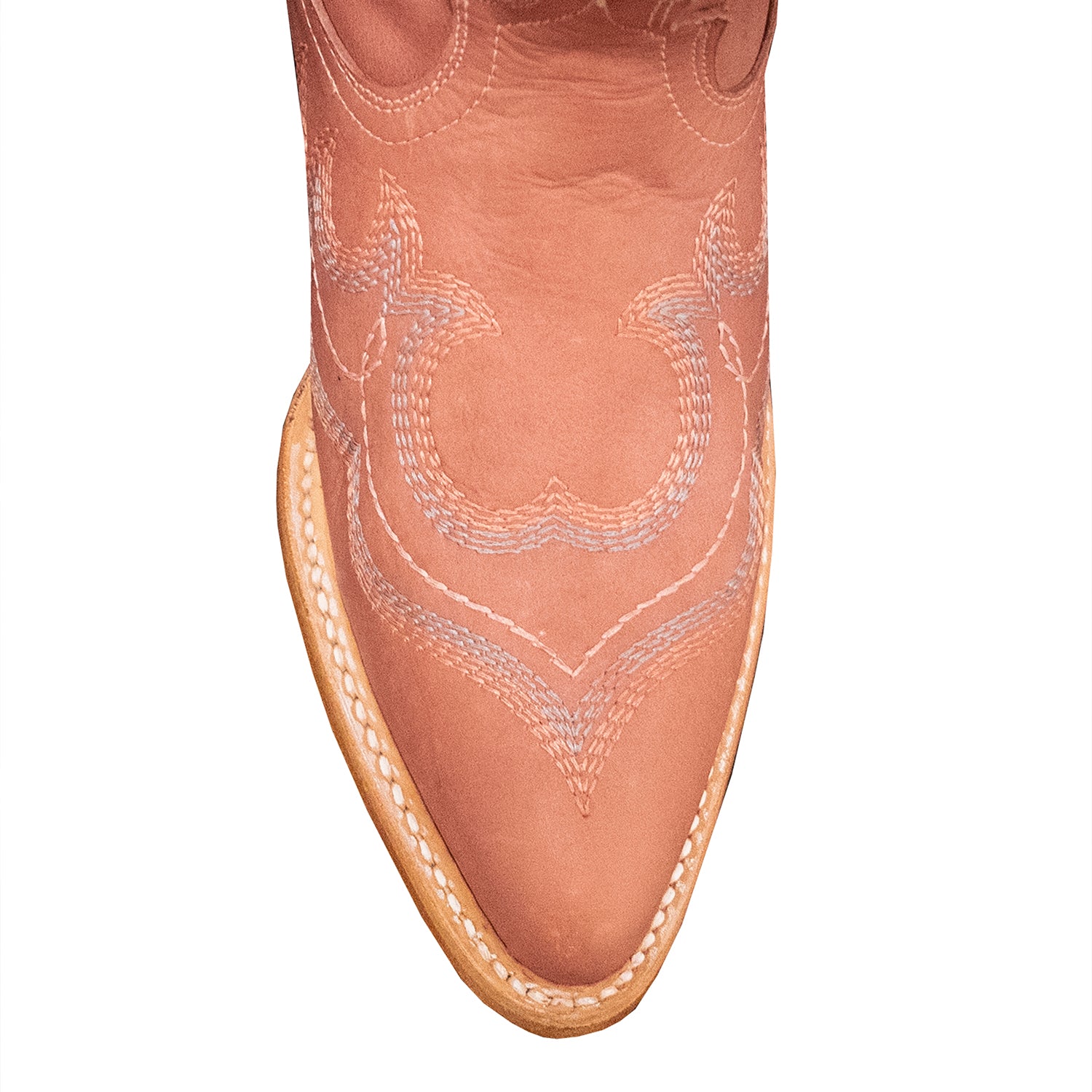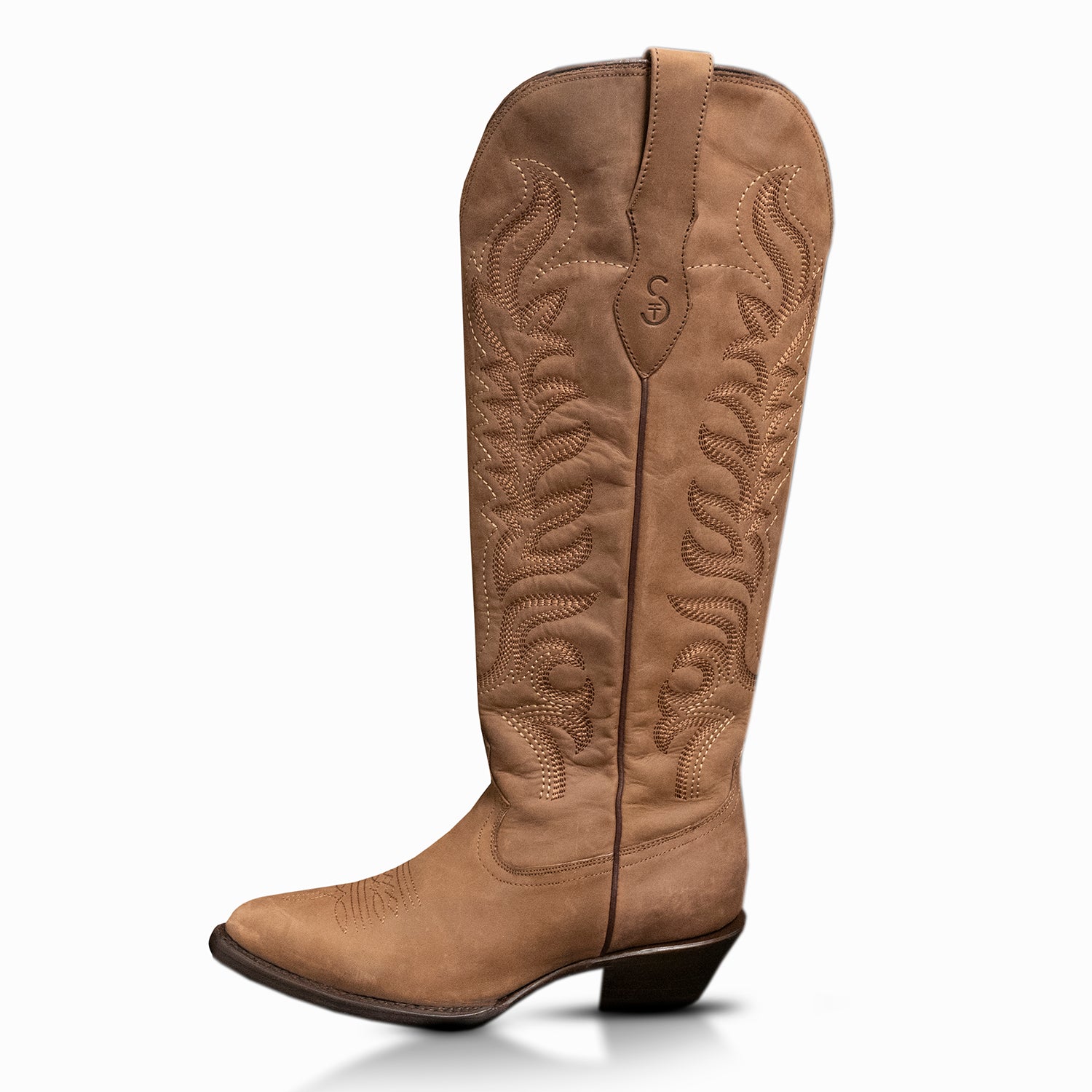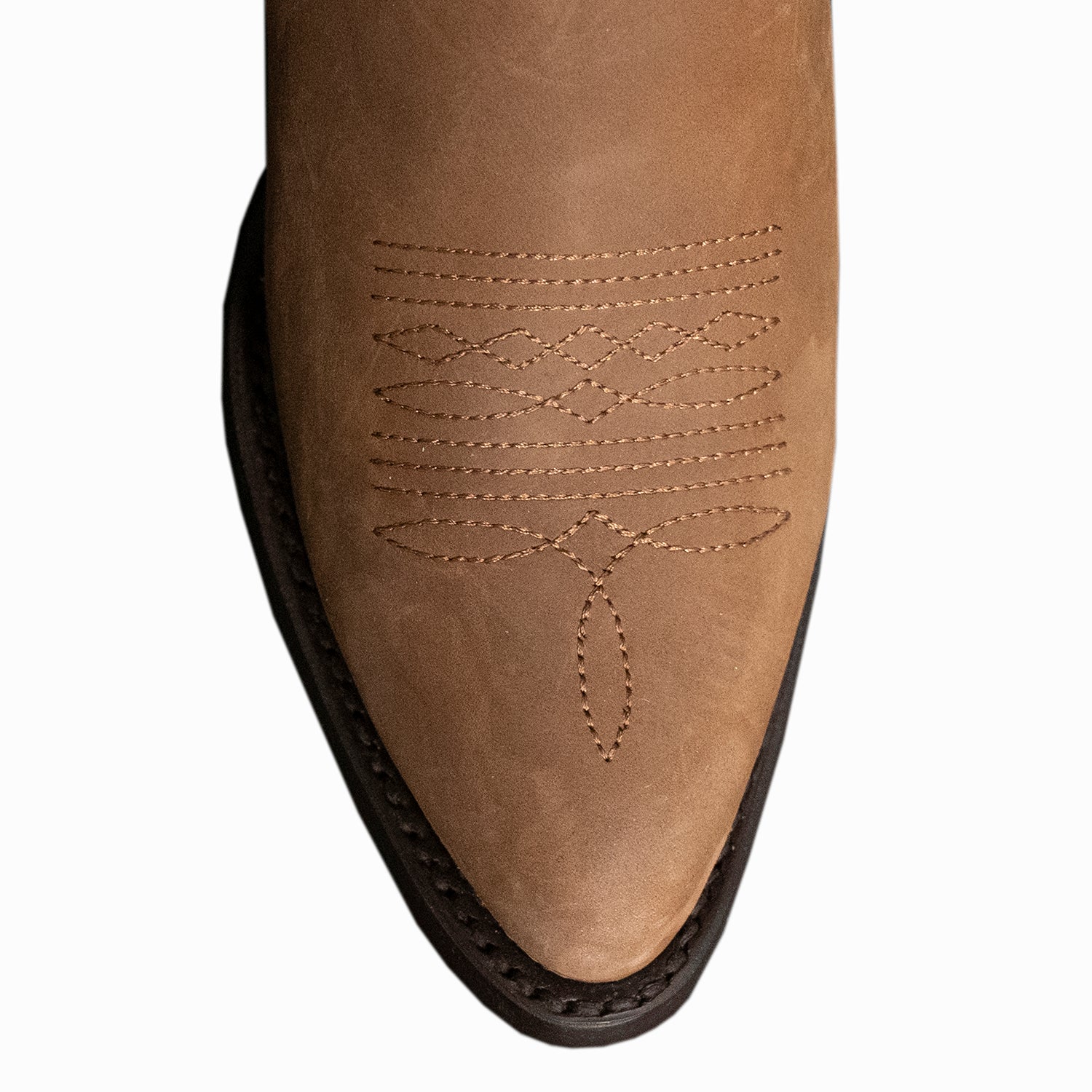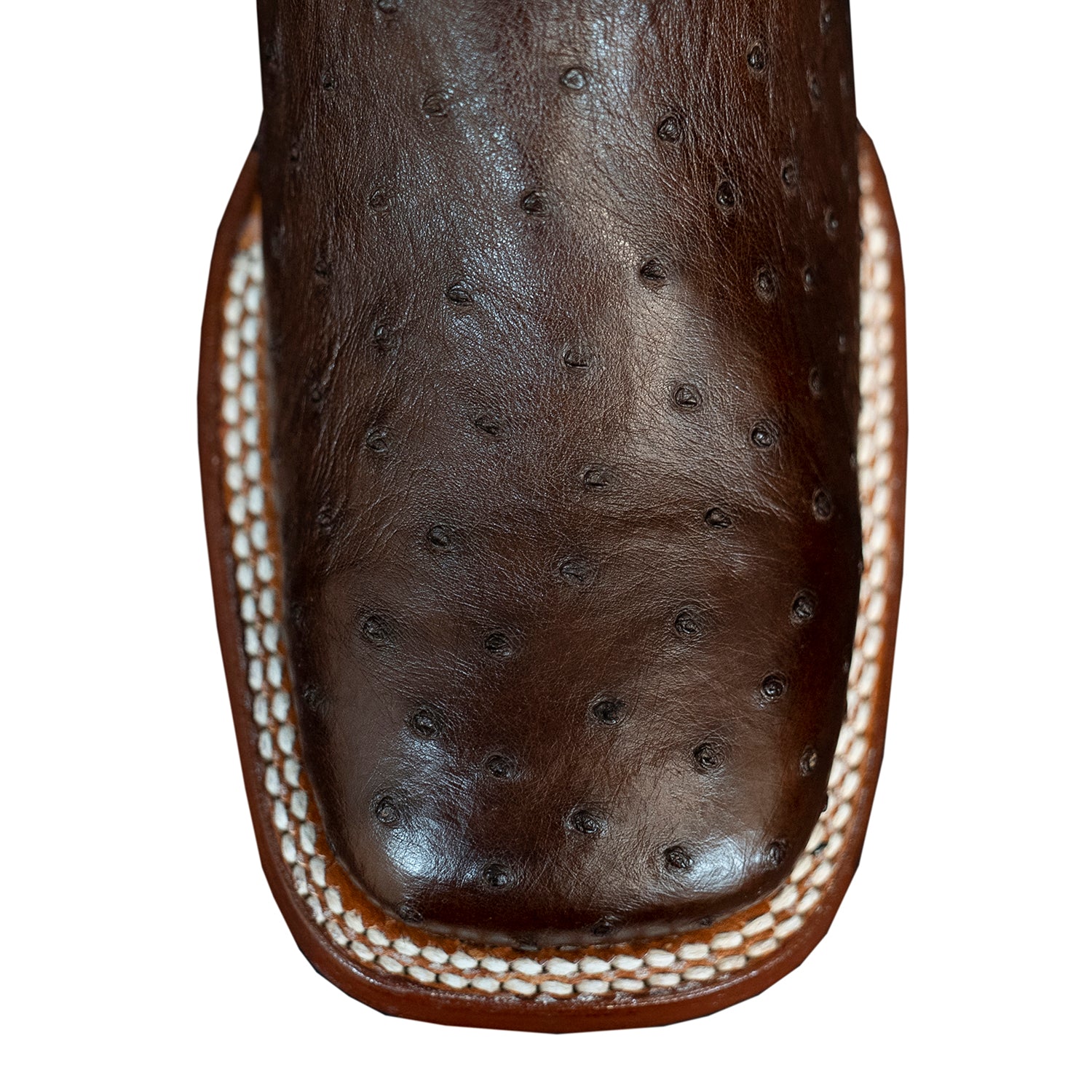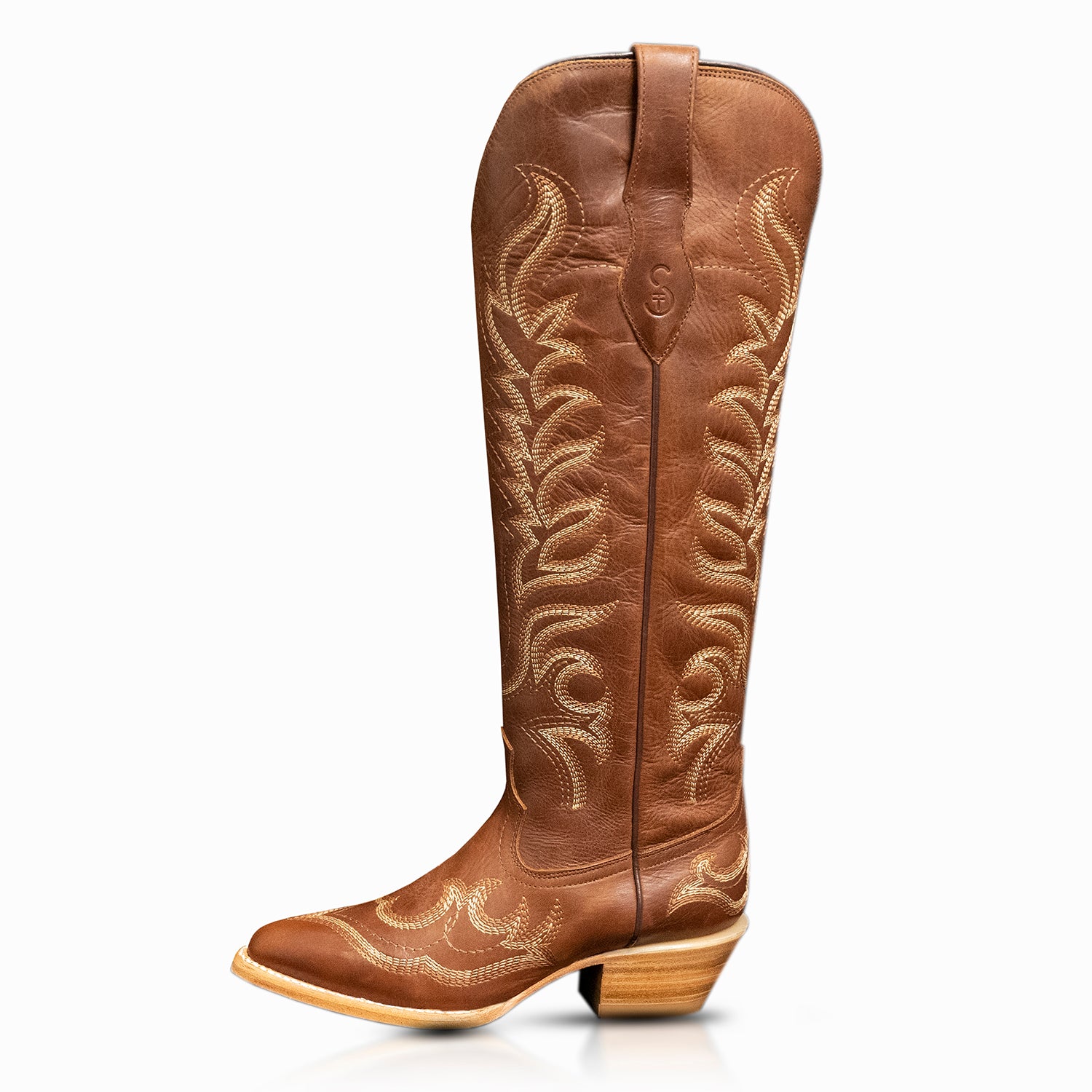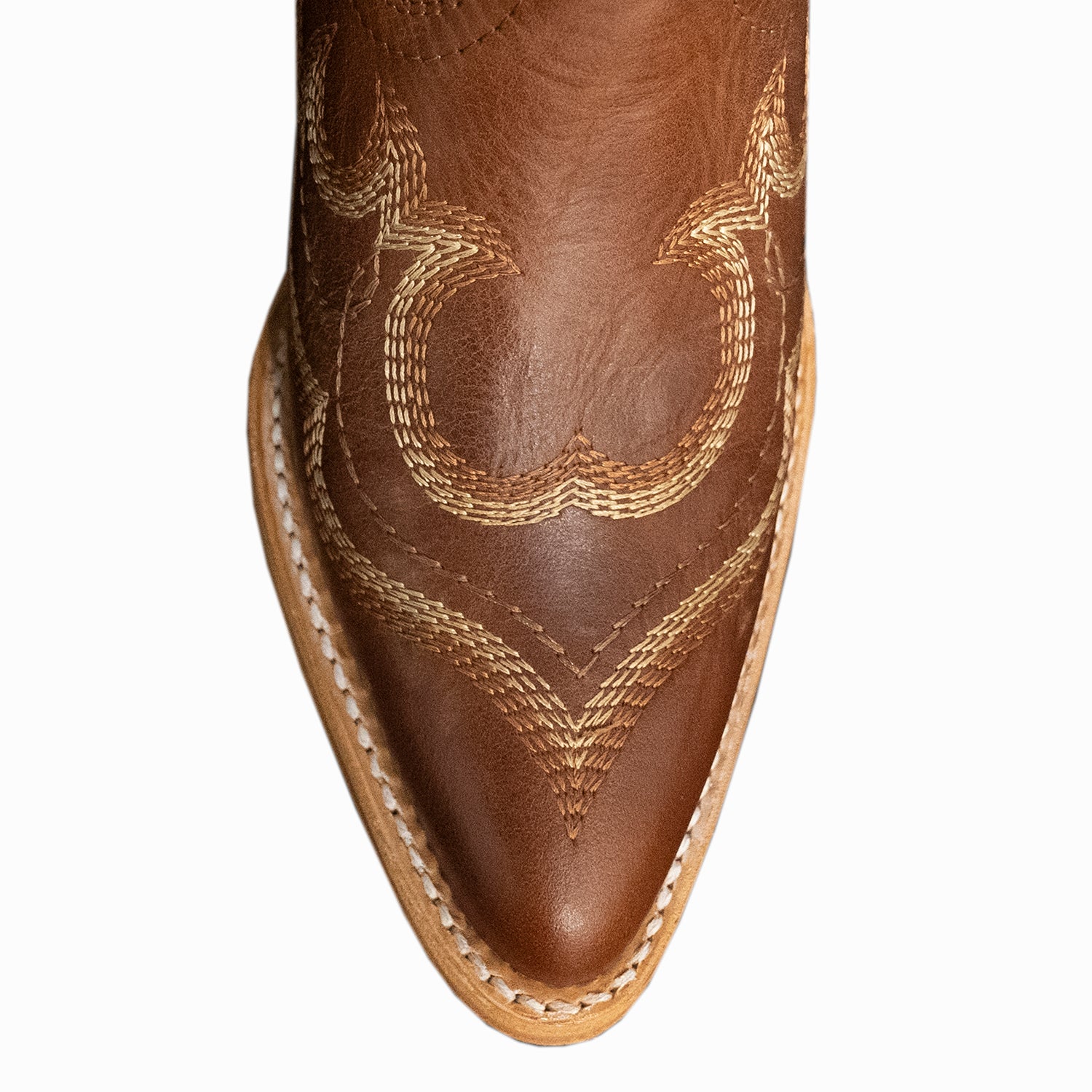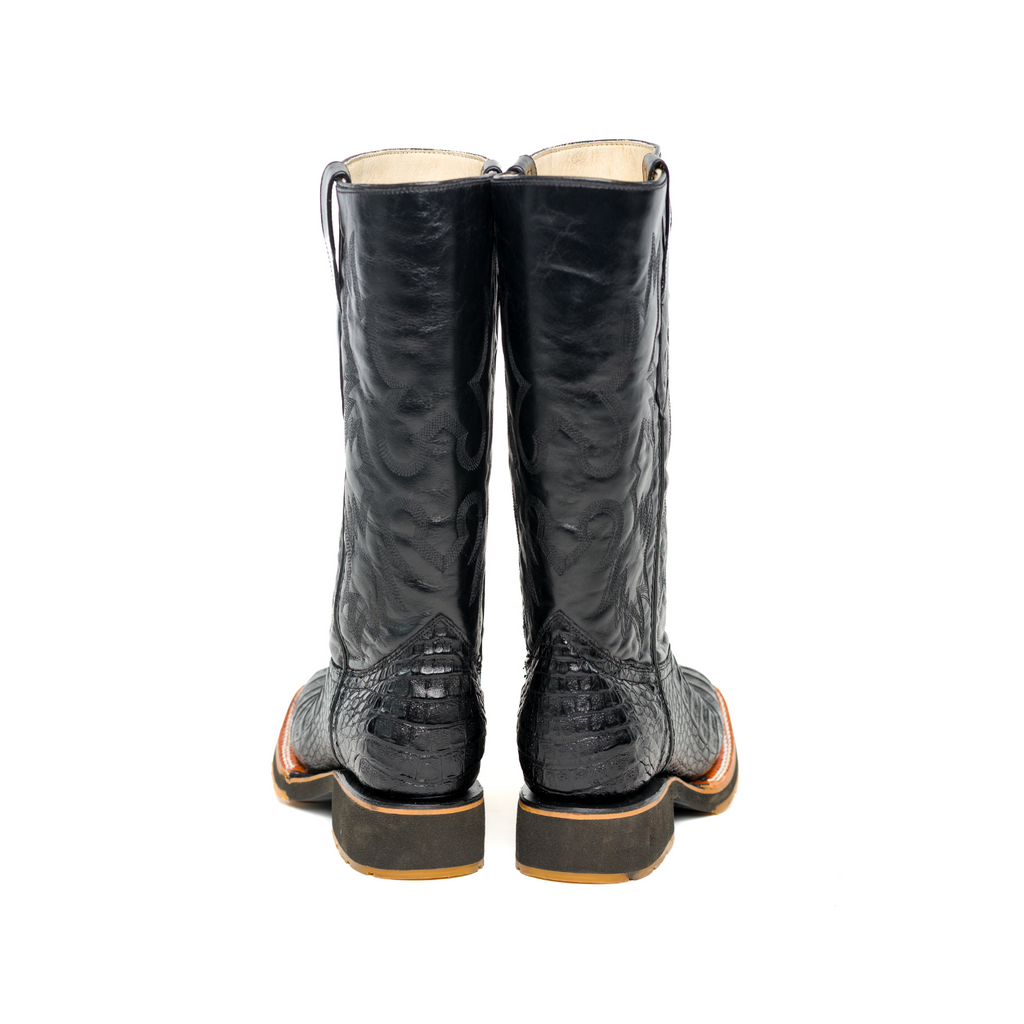
Leather Types: Pros and Cons for Boot Wear

Choosing the right leather for boots affects comfort and durability. It also has a major impact on your style. Different types of leather boots have unique textures and care needs. From common cowhide to exotic options like alligator boots, understanding leather is essential.
Knowing cowboy boot leather types helps pick the best leather for cowboy boots and ensures long-lasting wear. We’ll cover popular and exotic leathers by highlighting their advantages and disadvantages.
You will get a better idea about the best uses for each. Learning about leather types for boots keeps your footwear investment smart and stylish, regardless of whether buying your first pair or adding to a collection.
5 Types of Cowboy Boot Leather: Pros & Cons
Boot buyers face many choices when selecting types of boot leather. Each has strengths and weaknesses affecting durability and comfort, as well as the price. Understanding different types of cowboy boot materials helps you pick the right boots. Below are the top five leather types and what to expect.
1. Cowhide Leather
Cowhide is the most common type of leather for boots. It’s durable, flexible, and easy to maintain, making it ideal for everyday wear. Are cowhide boots durable? Yes, they last for years with minimal care. It adapts well to foot shape and accepts polish easily. For those seeking the best boot leather, cowhide balances affordability and performance. It’s suitable for casual, work, and formal occasions.
Pros
Cowhide offers several advantages for boot owners. Its durability, comfort, and polishability make it a reliable choice for daily wear. Many consider it the best leather for boots for general use.. Here are some of its pros:
- Long-lasting material
- Easy to clean
- Comfortable over time
- Accepts polish well
- Affordable for quality boots
Cons
Cowhide has limitations that buyers should note. It can scuff and stiffen initially. In addition to that, it is prone to water damage, making it slightly less versatile than exotic types of leather boots. Here are some of its cons:
- Prone to scuffs
- Can stiffen initially
- Limited exotic appeal
- Susceptible to water damage
2. Snake Leather
Snake leather is thin, flexible, and striking. It creates unique patterns for exotic cowboy boot skins. Lightweight and comfortable, snake leather boots are often dress or casual wear rather than heavy-duty work.
Maintaining them is vital since their thin skin can be delicate. Many collectors consider types of exotic boots made from snake to be highly stylish but less rugged than cowhide.
Pros
Snake leather is lightweight, flexible, and unique. Its natural patterns make it stand out. Many consider it among the exotic boot leathers for dress or casual boots rather than rugged work use.. Here are some of its pros:
- Lightweight and flexible
- Distinctive patterns
- Comfortable wear
- Stylish appeal
- Easy to shape
Cons
Snake leather requires careful handling. Its thin skin is delicate and scratches easily. Moisture exposure can damage it, so packing shoes in a suitcase or storage must be done carefully..Here are some of its cons:
- Delicate skin
- Sensitive to moisture
- Less durable for work
- Higher price point
- Scratches easily
3. Elephant Leather
Elephant leather is thick, durable, and exotic. It’s known for toughness and unique grain patterns, making it a premium type of leather for boots. Elephant boots handle rough conditions, resist wear, and last for decades. They are heavier and costlier than cowhide or goat leather. Collectors often pair elephant leather with other exotic boot leathers for standout designs.
Pros
Elephant leather is extremely durable and heavy. Its textured grain makes each pair unique. Boots crafted from this leather are long-lasting and ideal for rough use or as luxurious collector pieces.. Here are some of its pros:
- Extremely durable
- Distinct texture
- Water-resistant naturally
- Long-lasting wear
- Suitable for work and show
Cons
The weight and cost can deter casual buyers. Elephant leather boots are less flexible initially and need special care. These types of exotic boots remain a premium investment. Here are some of its cons:
- Heavy material
- Expensive boots
- Limited flexibility
- Requires special care
- Rare availability
4. Ostrich Leather
Ostrich leather is soft, flexible, and luxurious. Recognizable by its quill pattern, it’s a sought-after boot skin type for high-end boots. Ostrich leather is comfortable and molds to the foot over time. It’s used in both casual and formal boots, often paired with cowhide or other different boot skins for style contrast.
Pros
Ostrich leather offers luxury with comfort. Its quill pattern is recognizable and soft. Flexible and stylish, it is popular among collectors and those seeking standout, different boot skins for fashion or casual wear. Here are some of its pros:
- Soft and supple
- Distinct quill pattern
- Comfortable fit
- High-end aesthetic
- Flexible for various styles
Cons
Ostrich leather is delicate and costly. It scratches easily, requires careful polishing, and is better suited for casual or dress wear than rugged daily use..Here are some of its cons:
- Higher cost
- Sensitive to water
- Can scratch easily
- Requires polish care
- Limited everyday use
5. Caiman and Alligator Leather
Caiman and alligator boots are premium types of boot skins prized for their unique scales and luxury appeal. These most exotic cowboy boots are visually striking and extremely durable. Both are heavier than cowhide, and proper care is essential to preserve the leather’s shine and structure. Collectors favor these exotic materials for style, investment, and exclusivity.
Pros
Caiman and alligator boots are rare, durable, and luxurious. Their scales create a unique texture. They are ideal for collectors or anyone seeking the most exotic cowboy boots with long-lasting appeal. Here are some of its pros:
- Distinctive scale patterns
- Long-lasting material
- Rare and exotic
- Smooth texture with polish
- Luxurious appearance
Cons
The main challenges are maintenance and cost. These heavy exotic boots need careful care to maintain shape and finish, making them less practical for daily rugged use. Here are some of its cons:
- Expensive boots
- Heavy material
- Requires expert care
- Limited availability
- Can stiffen initially
Final Word
Selecting the right leather is key to comfort, durability, and style. From common cowhide to exotic boot leathers like alligator boots, each material has advantages and drawbacks. Understanding types of leather boots helps you pick the best leather for boots for your needs. Choose wisely for long-lasting, stylish wear.
Elevate your boot collection with SquareToToe. Explore premium types of boot leather, from cowhide to exotic skins, and find the perfect fit for style, comfort, and durability.
